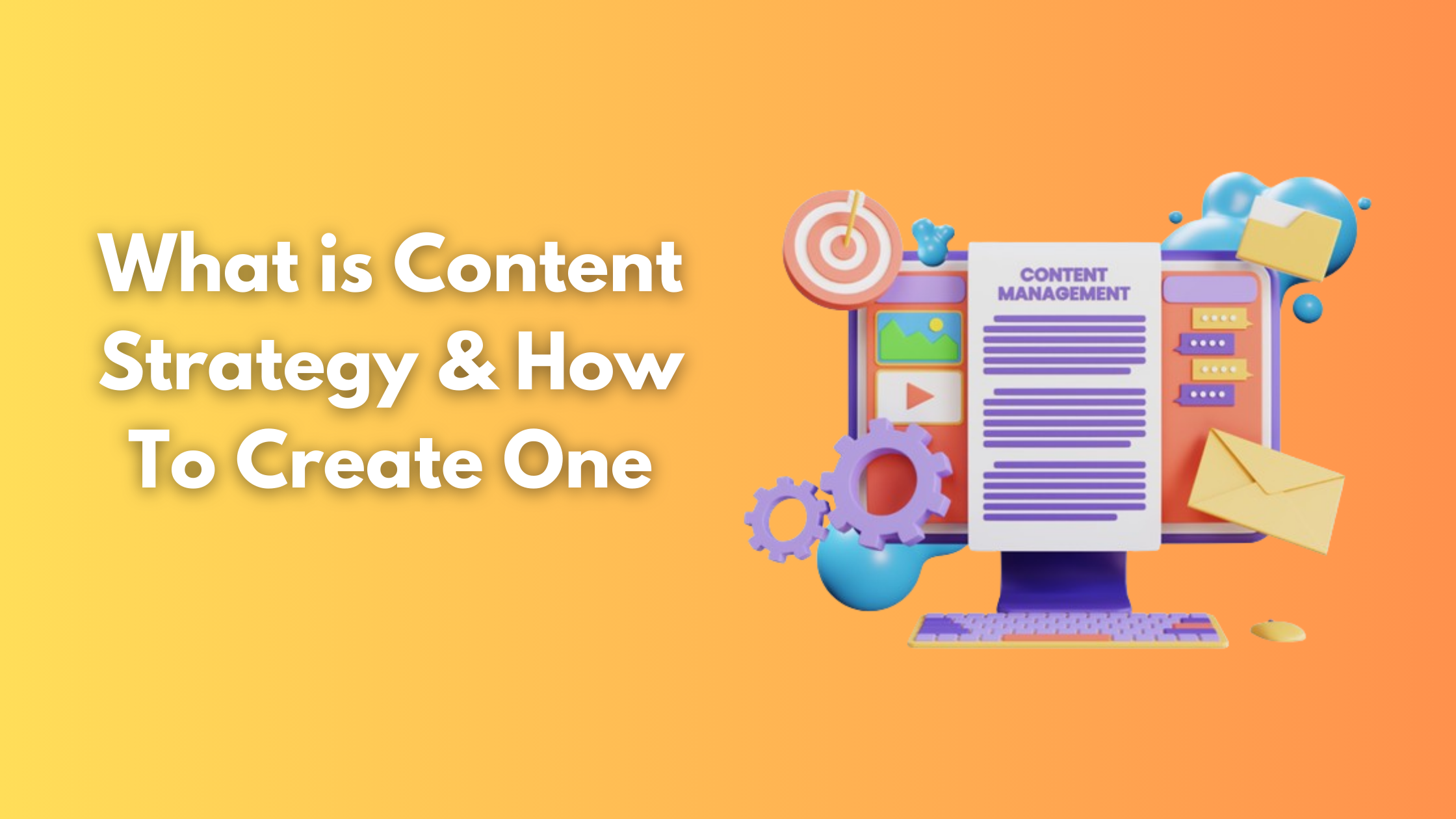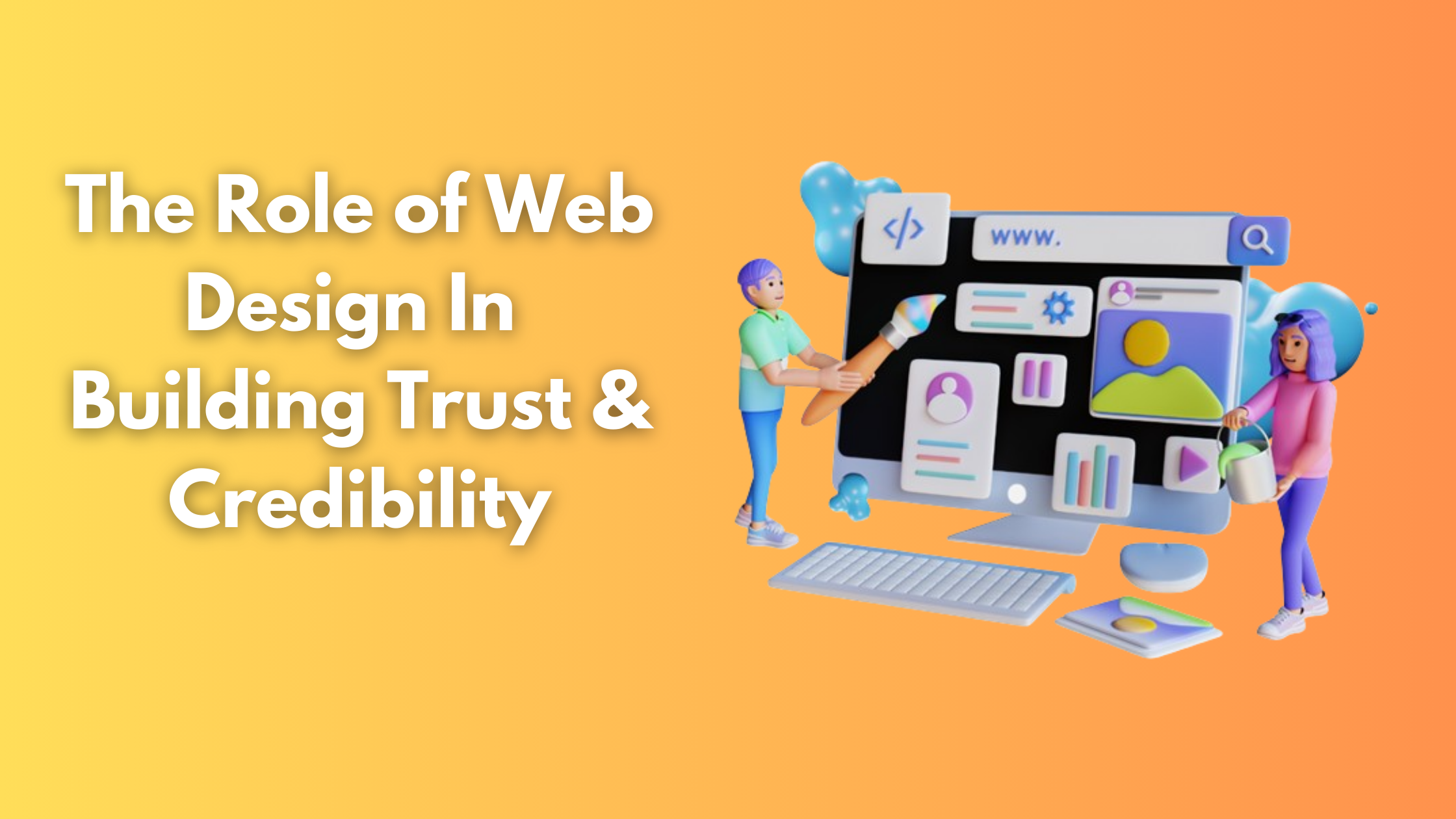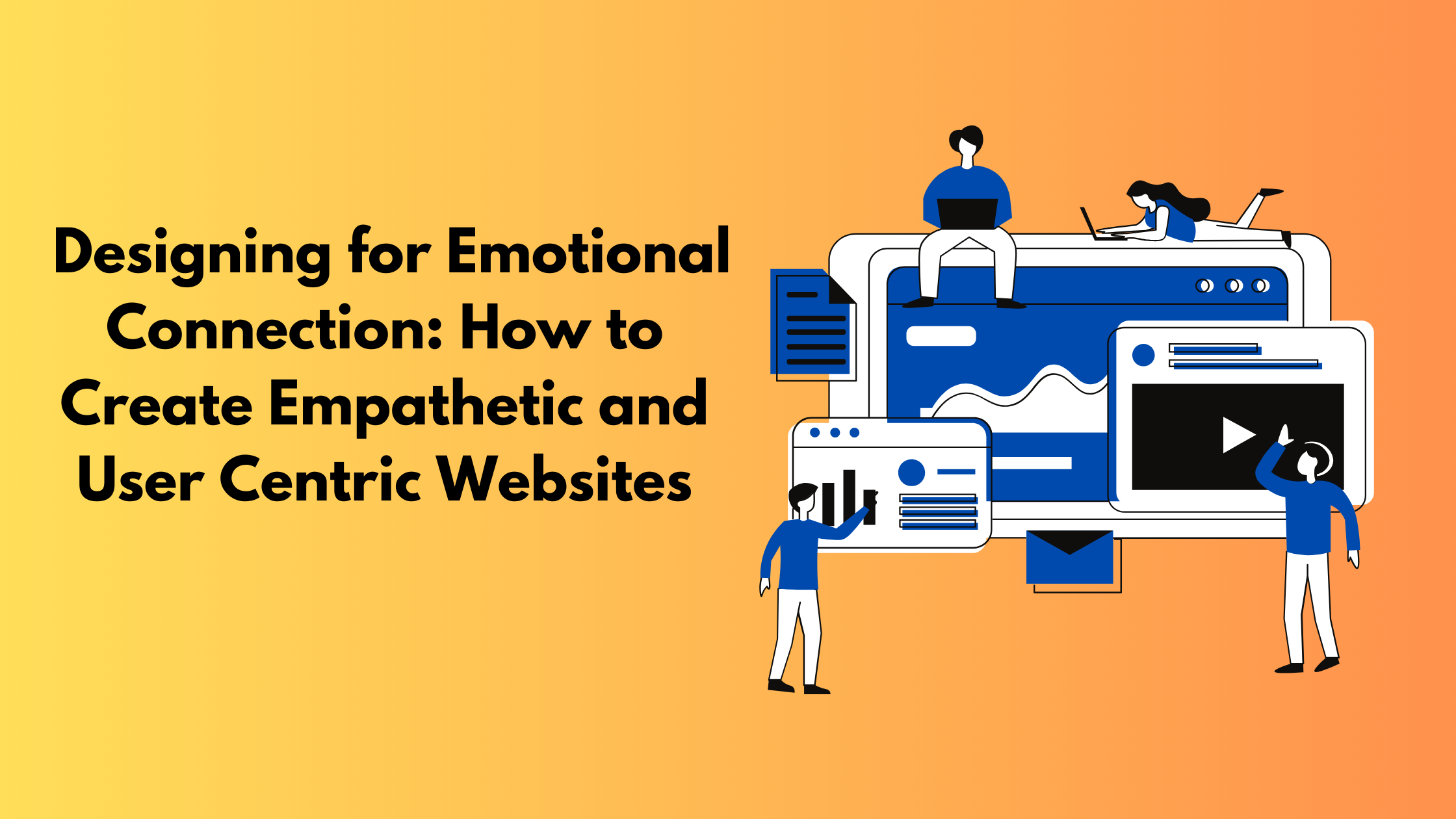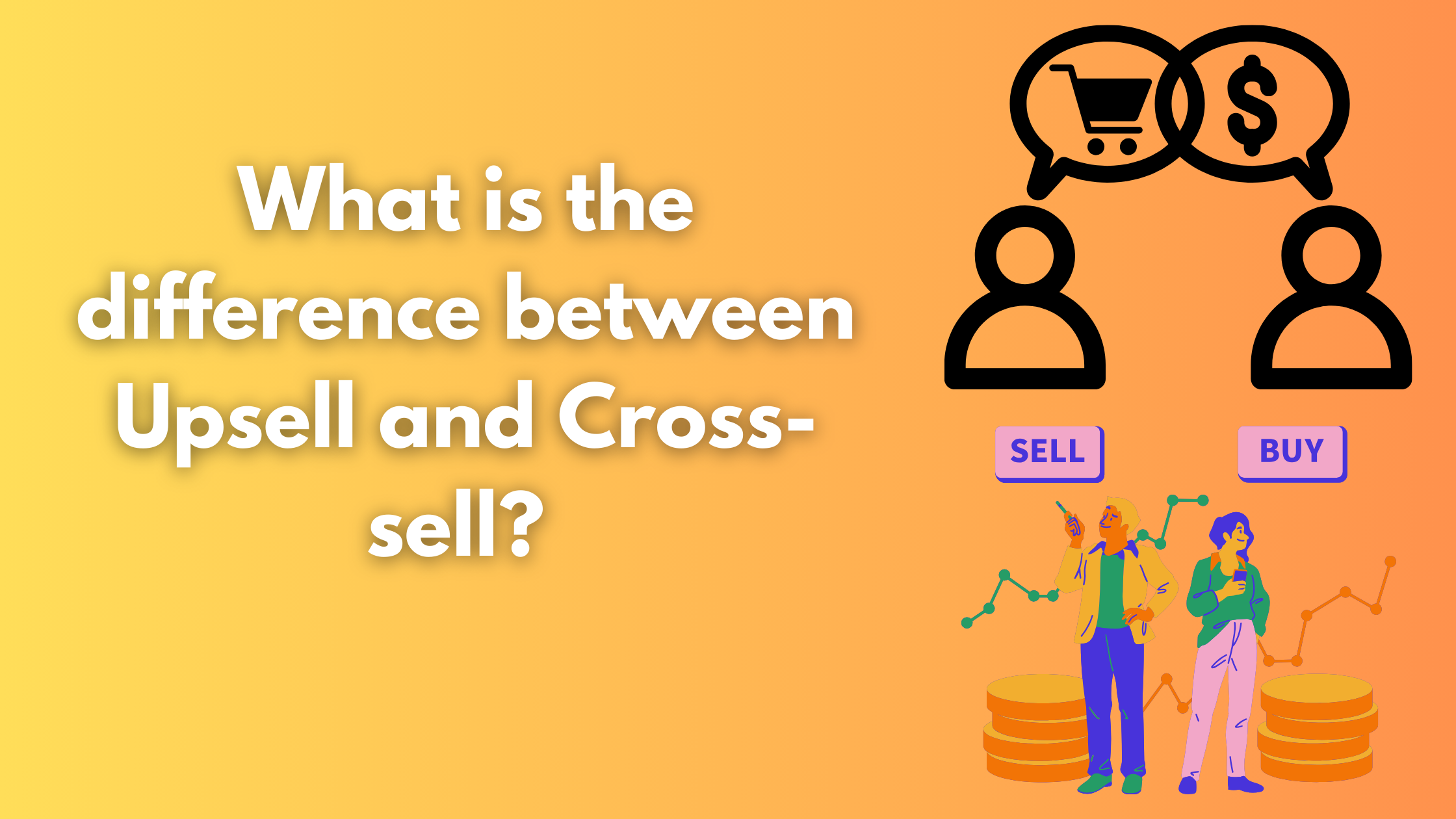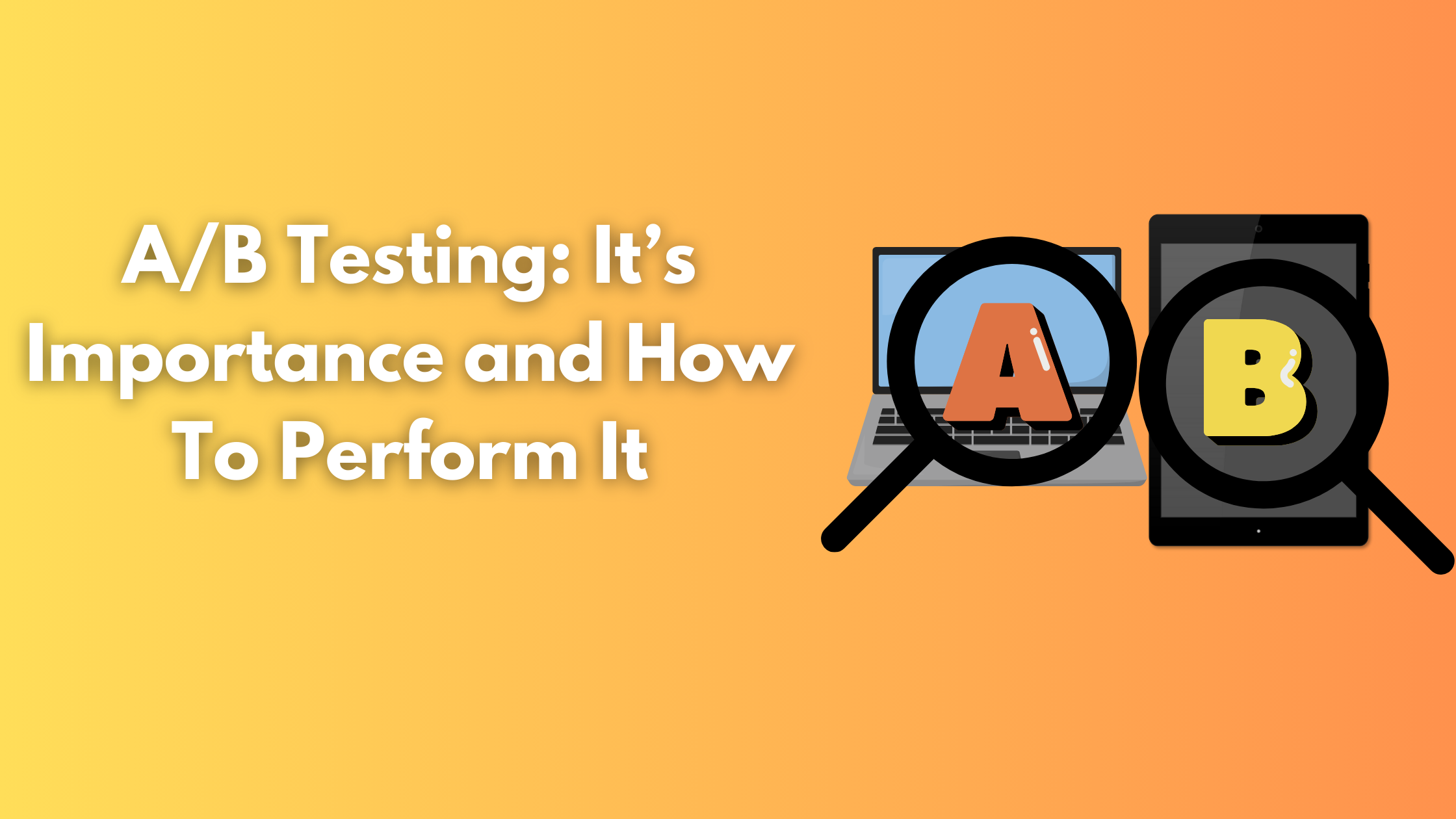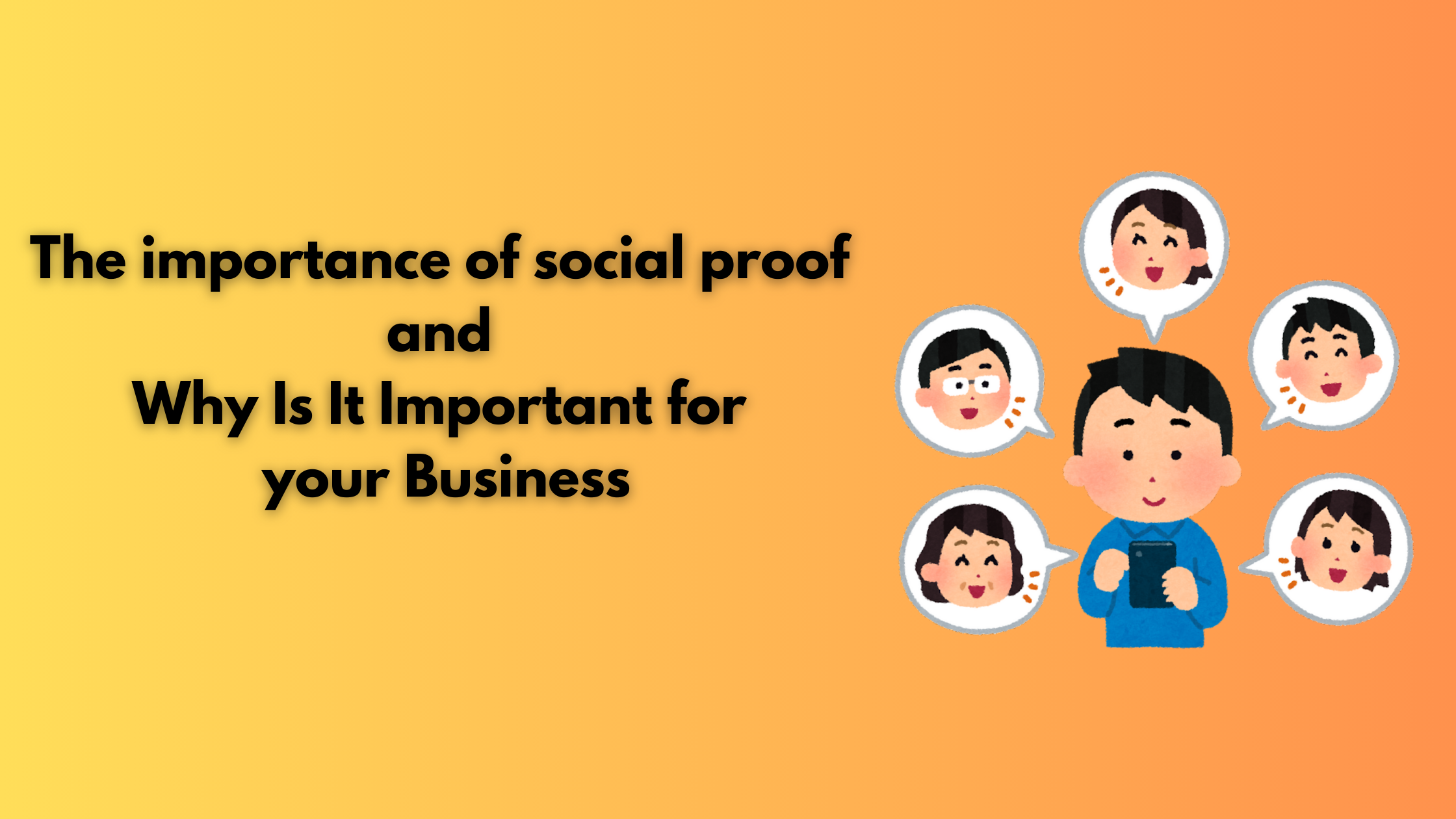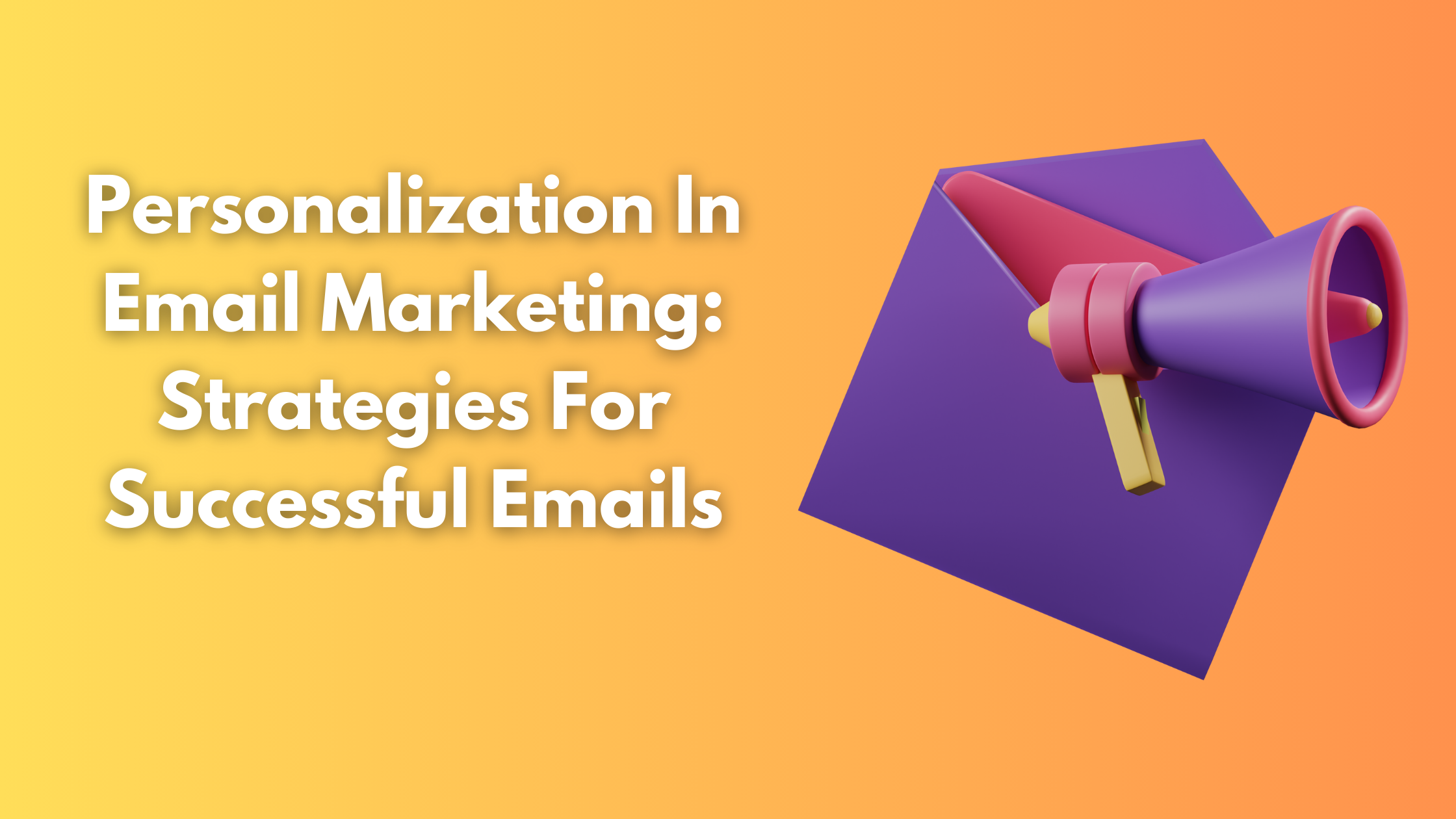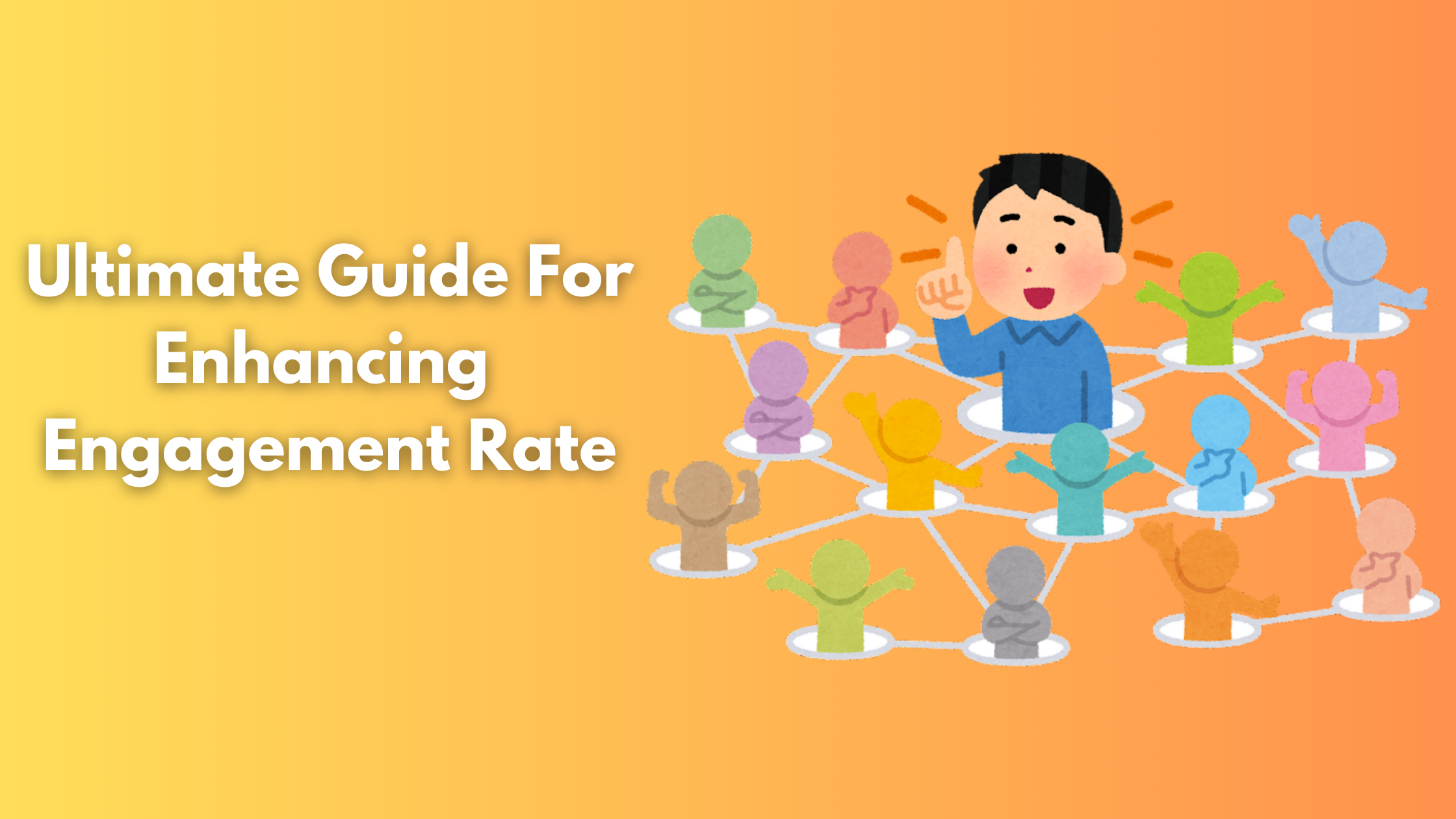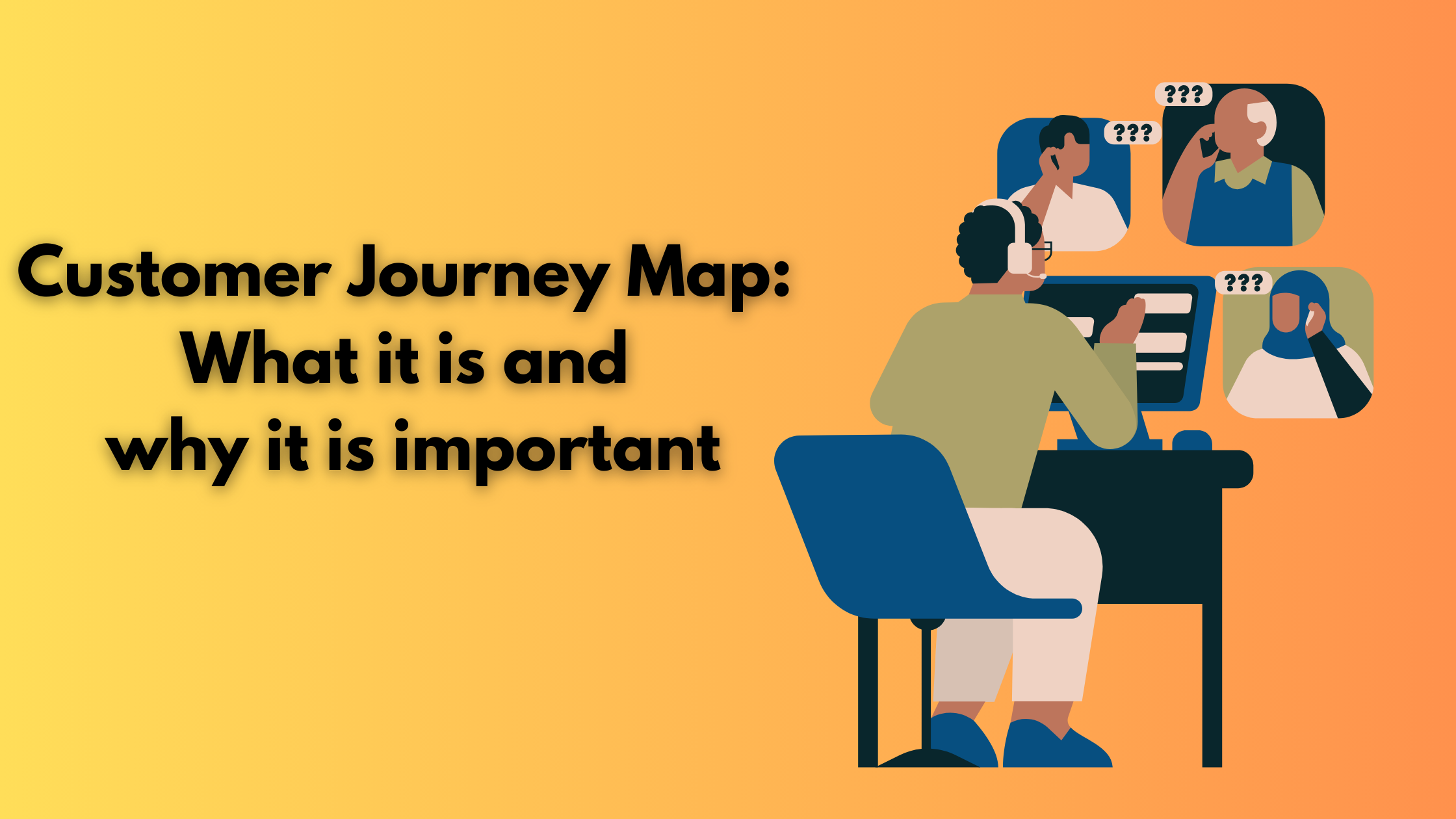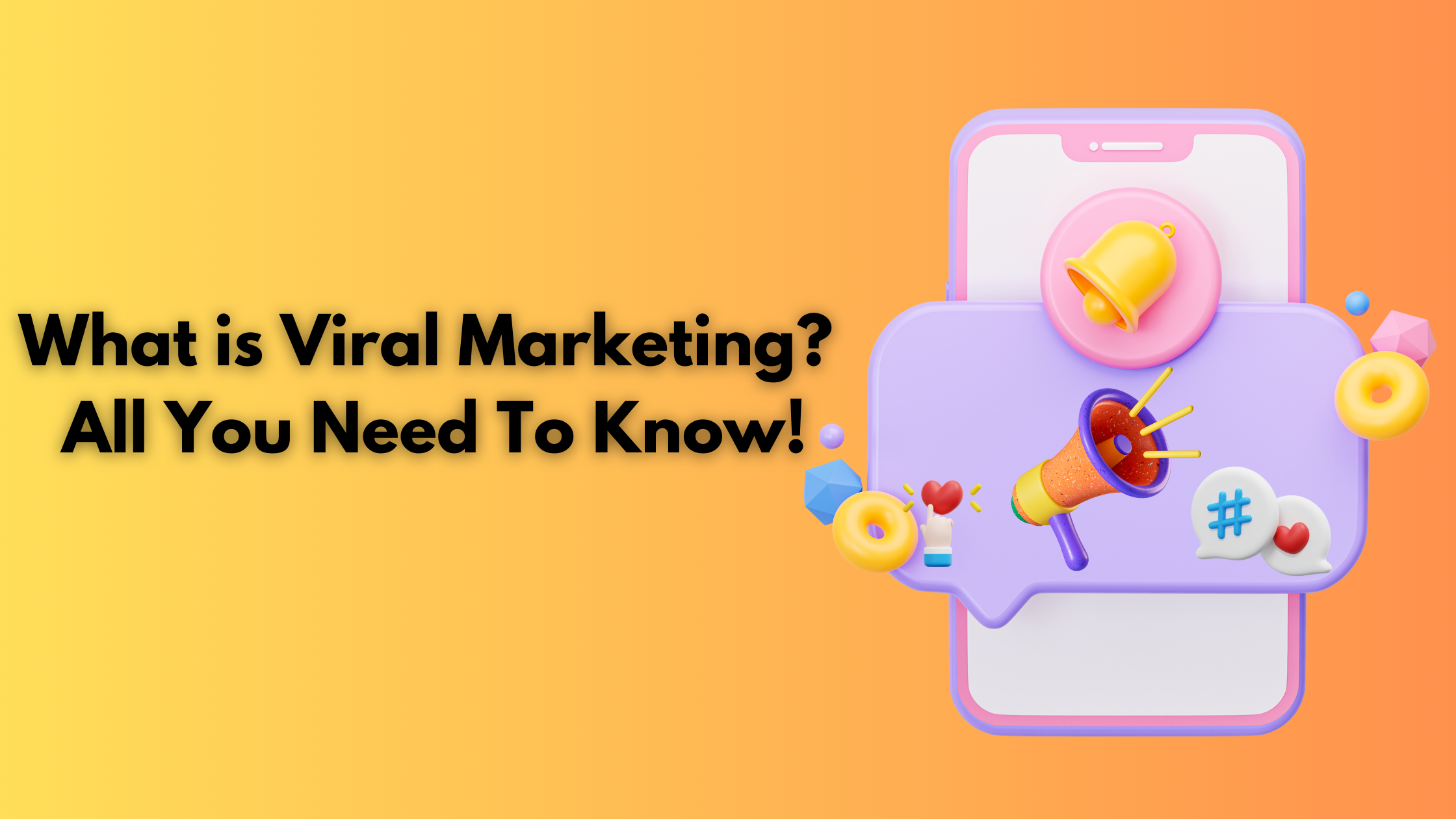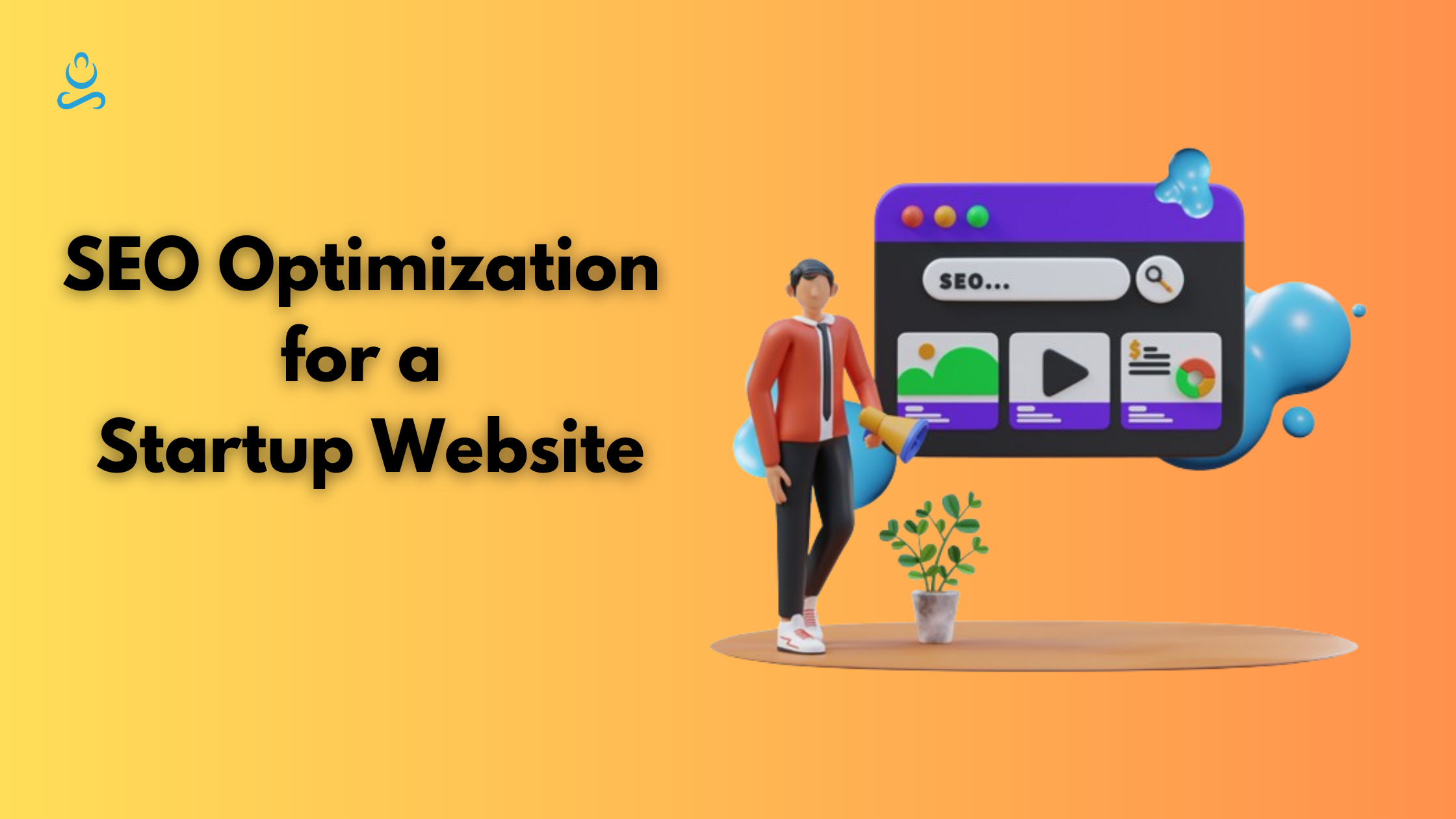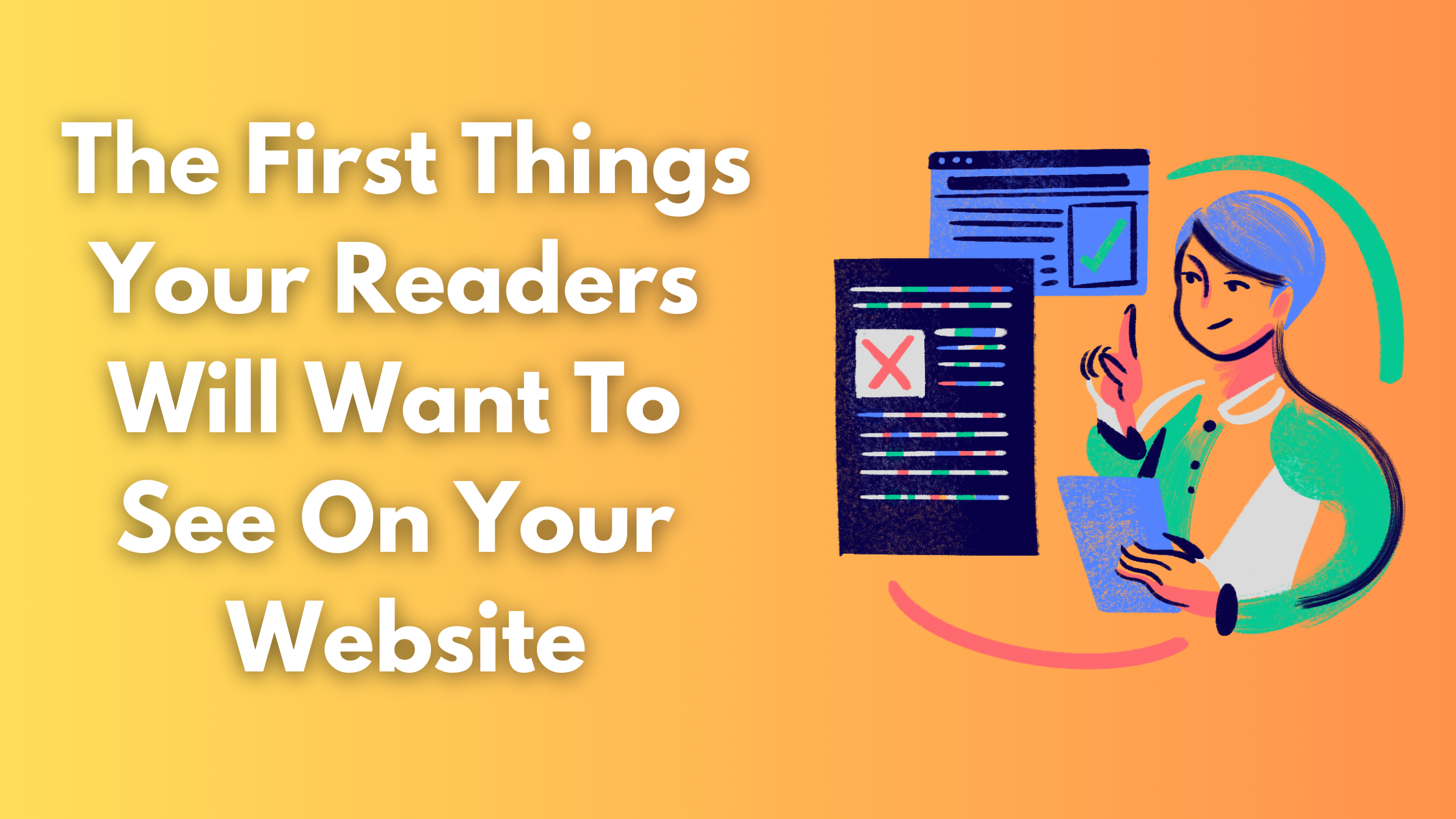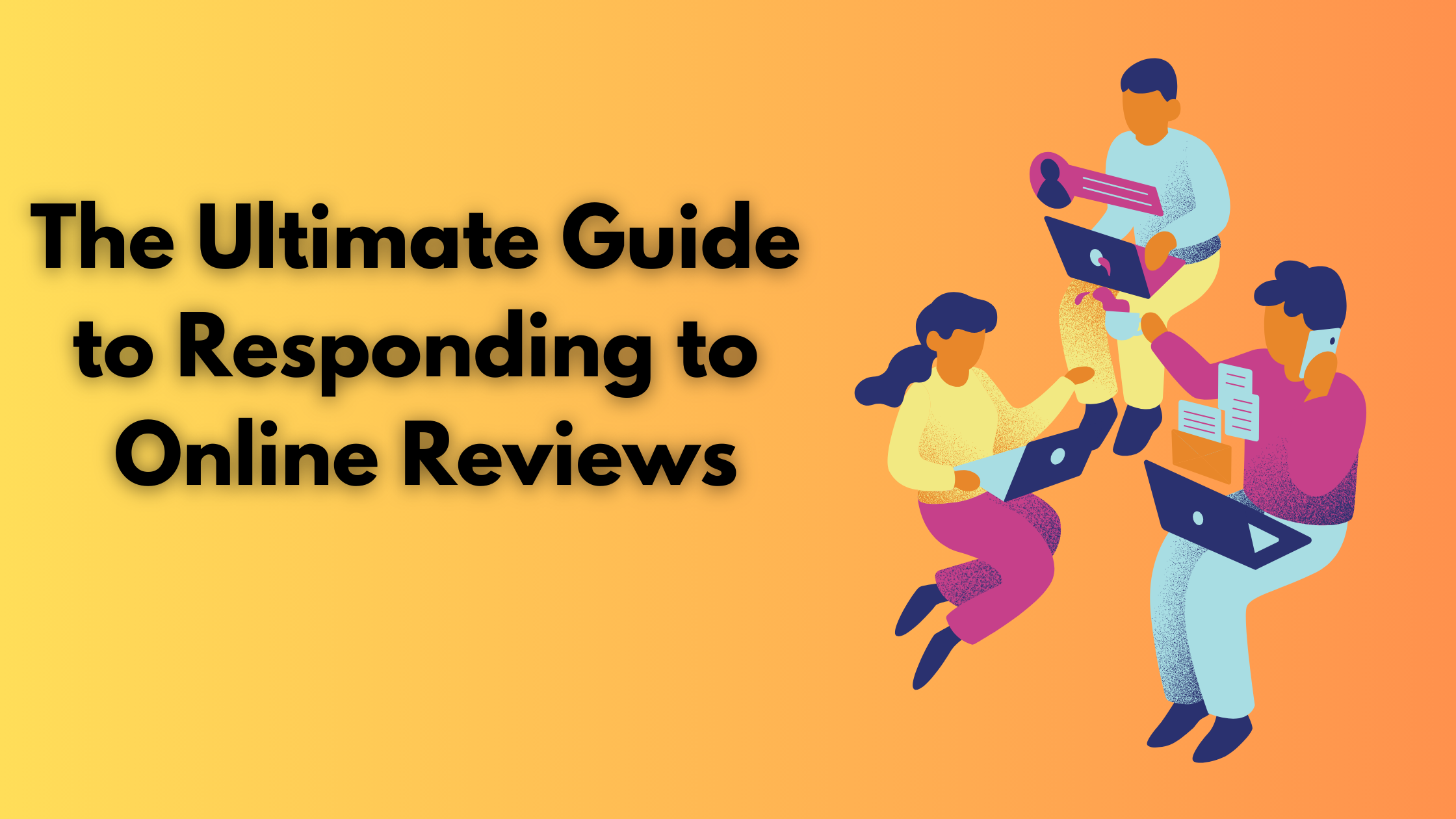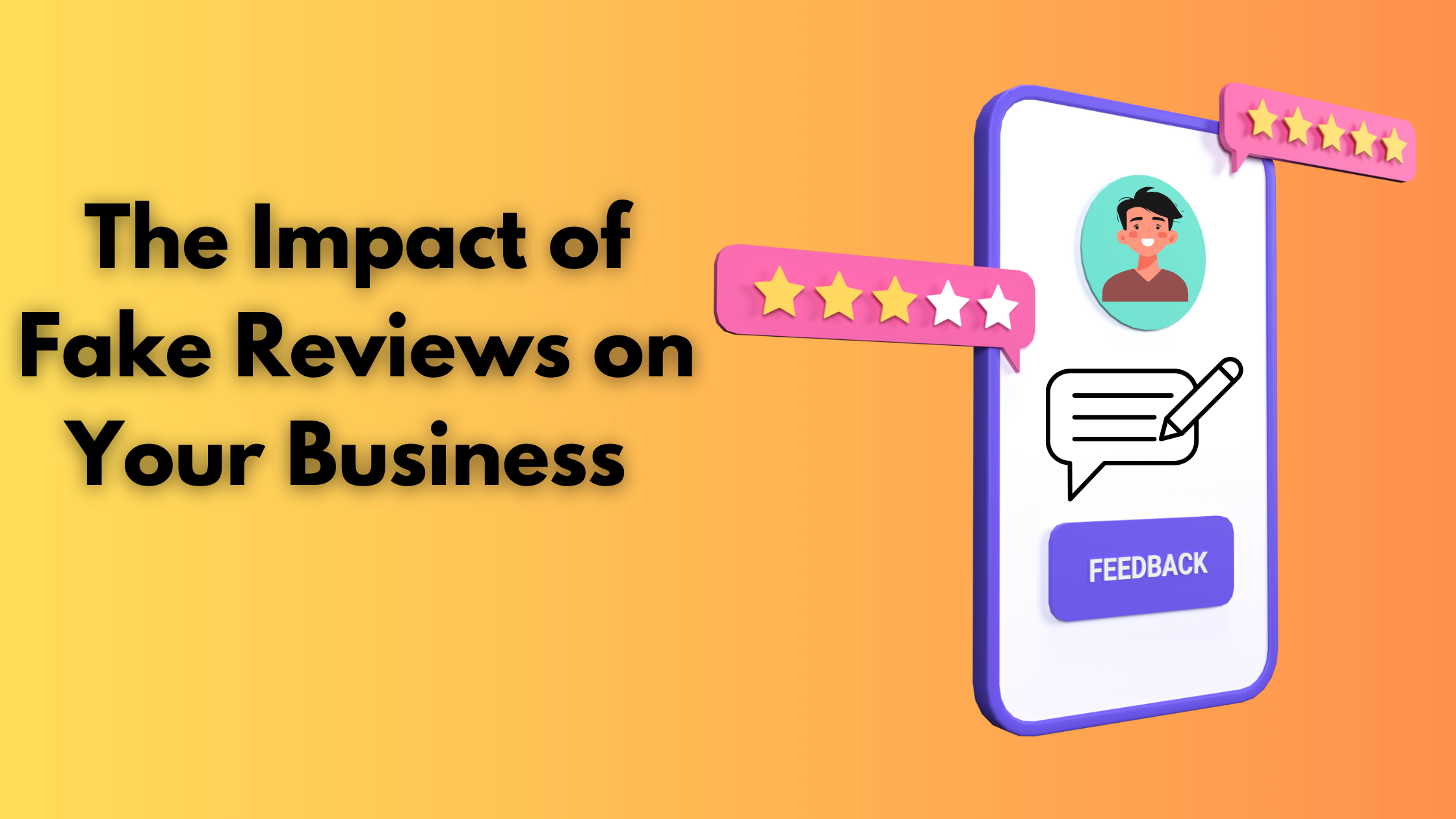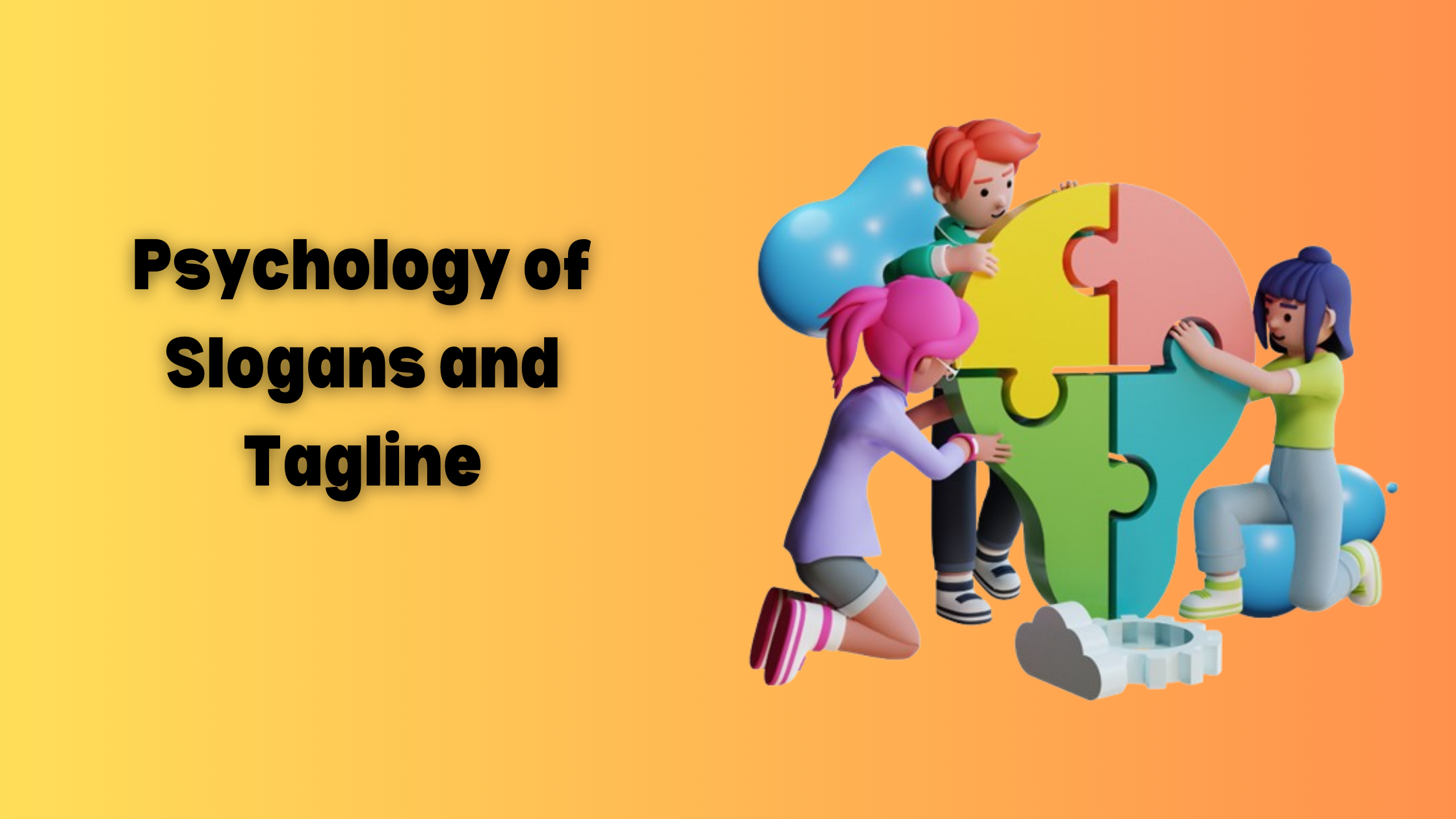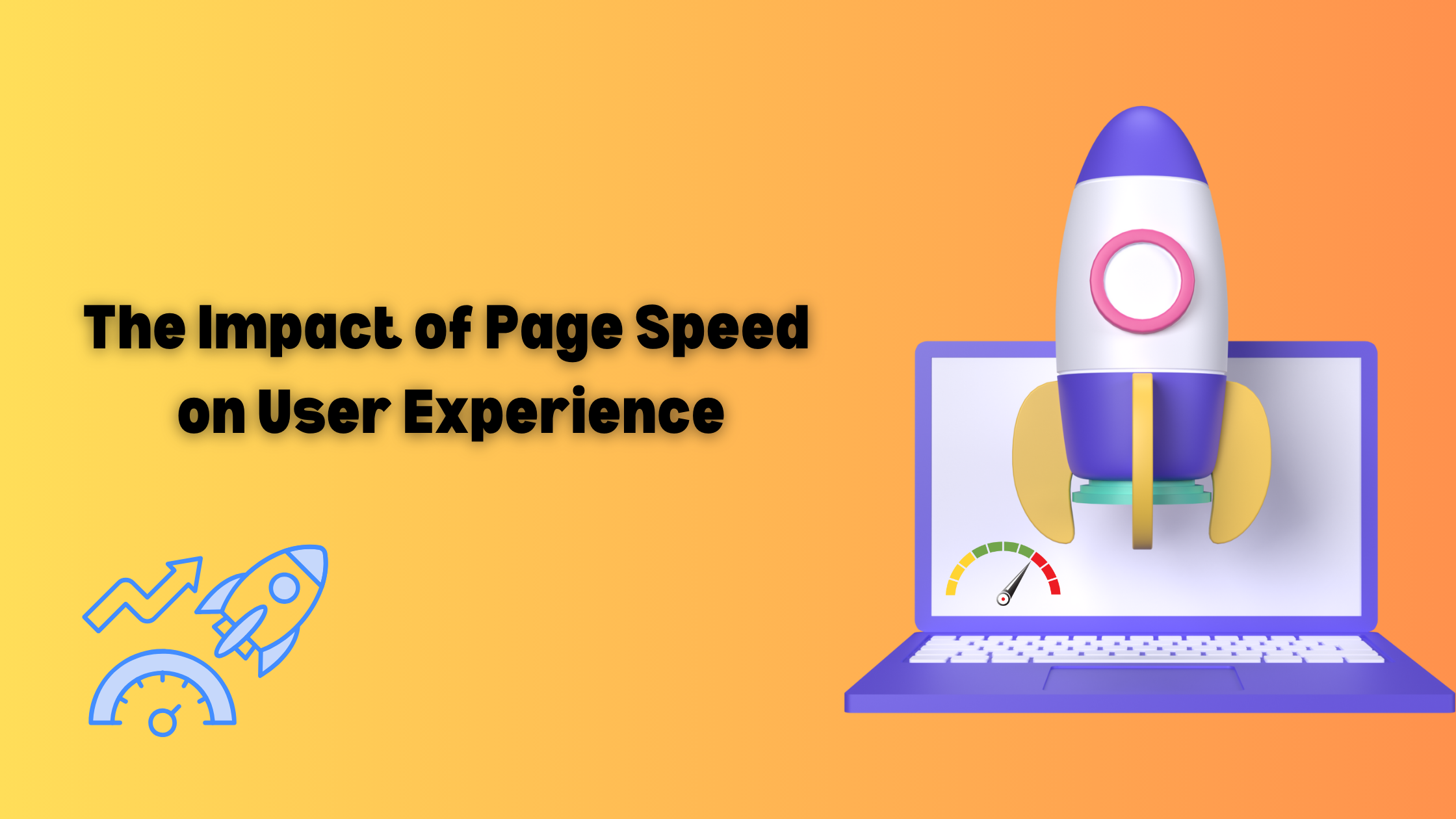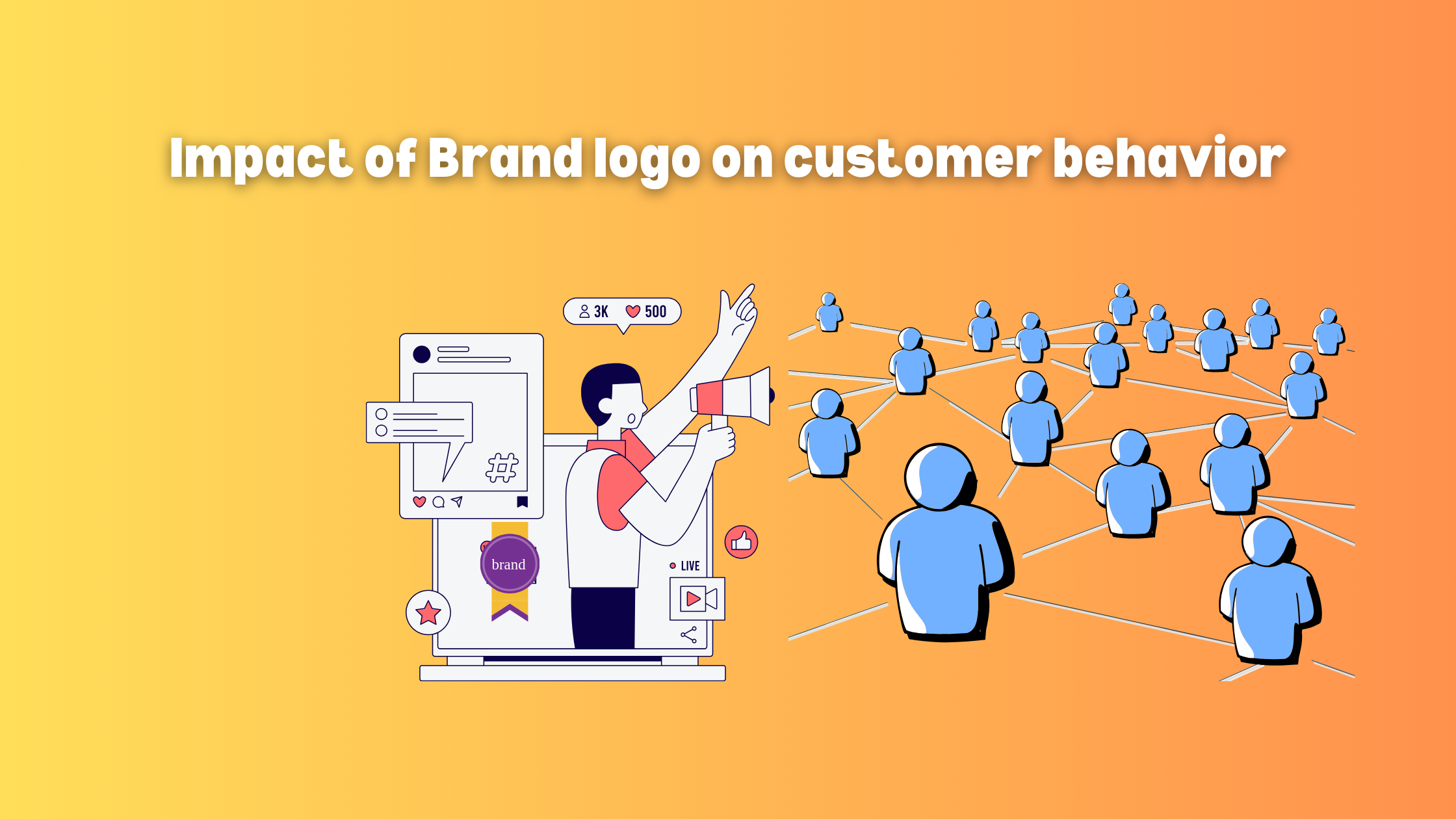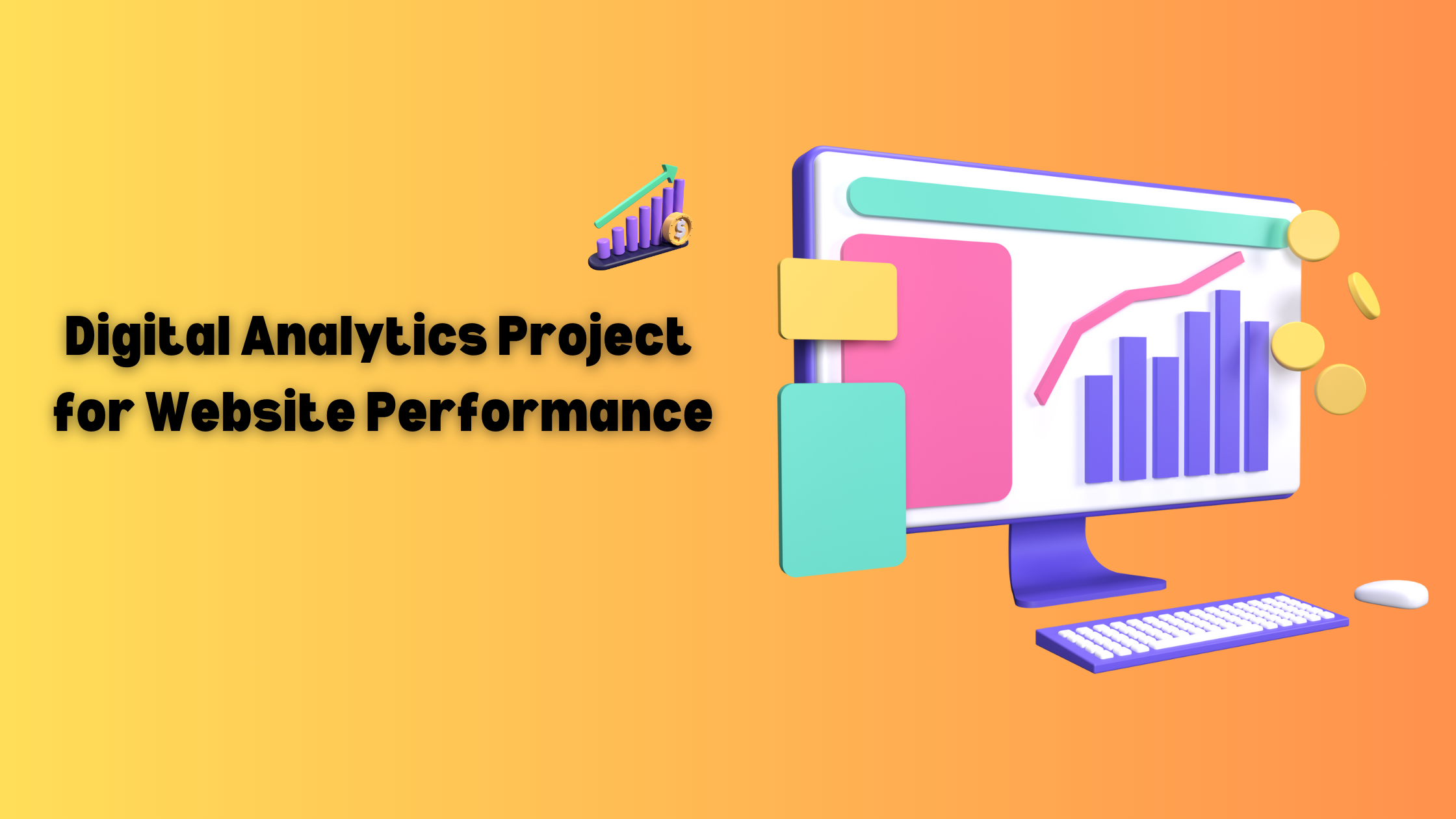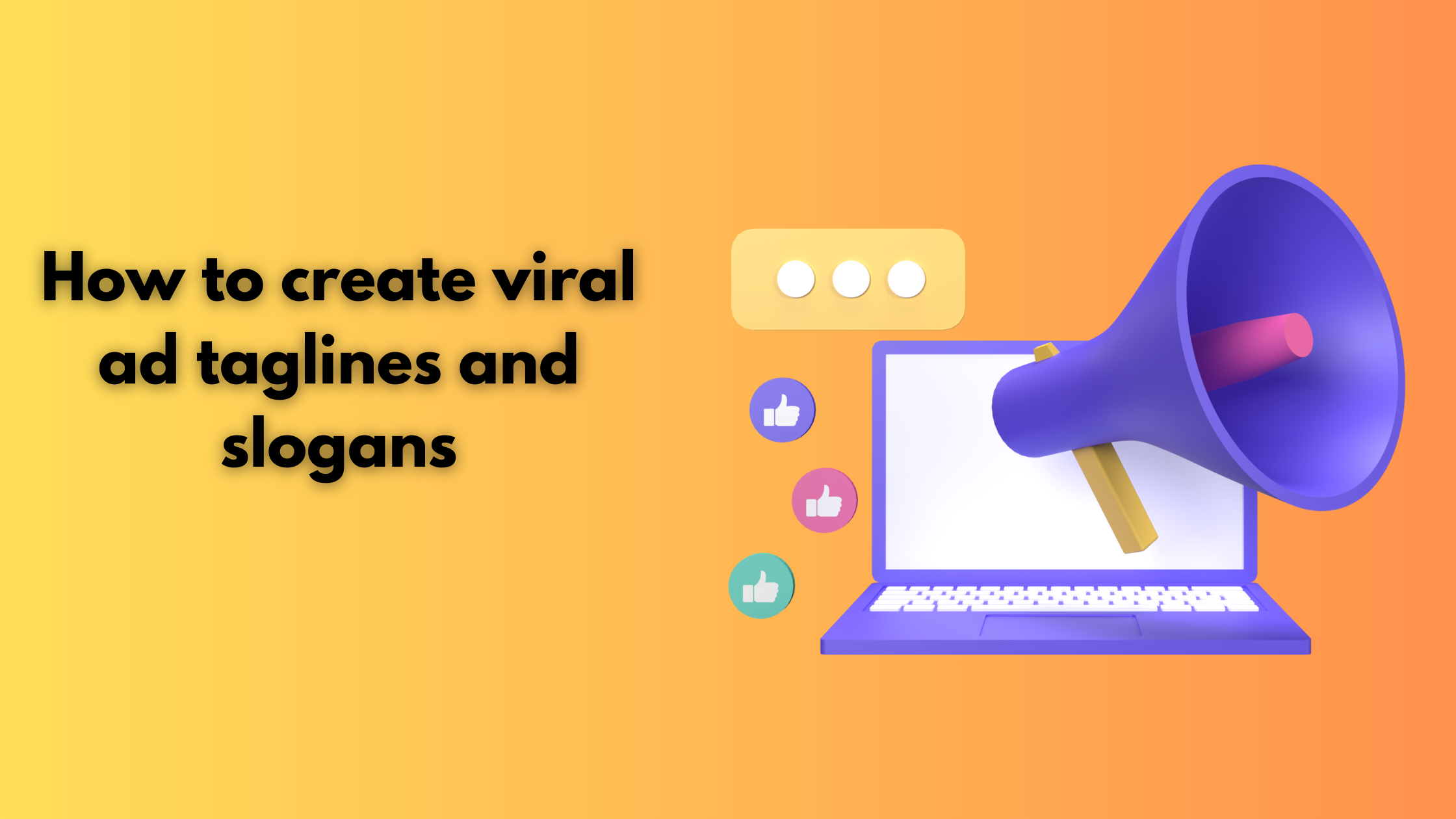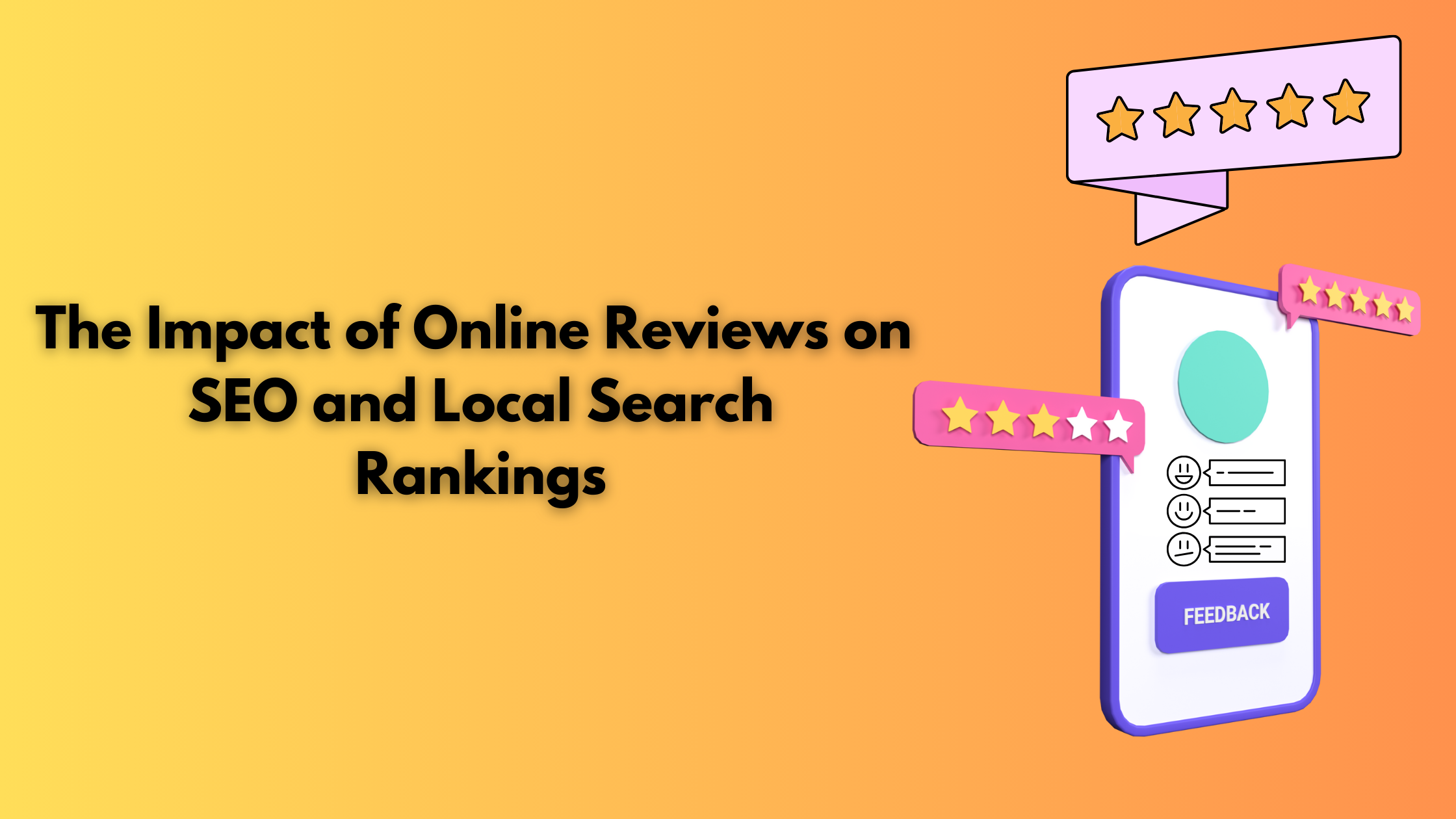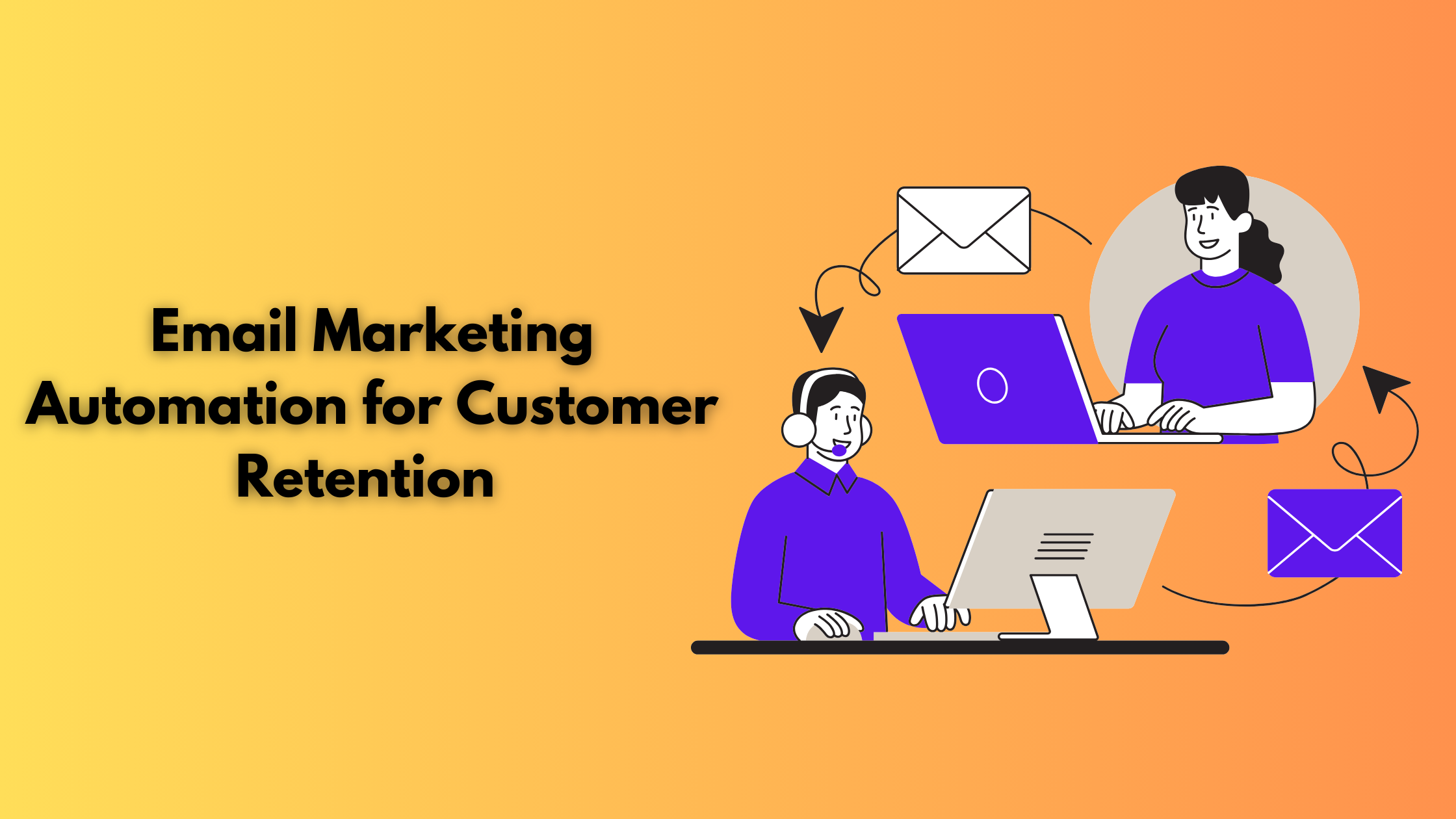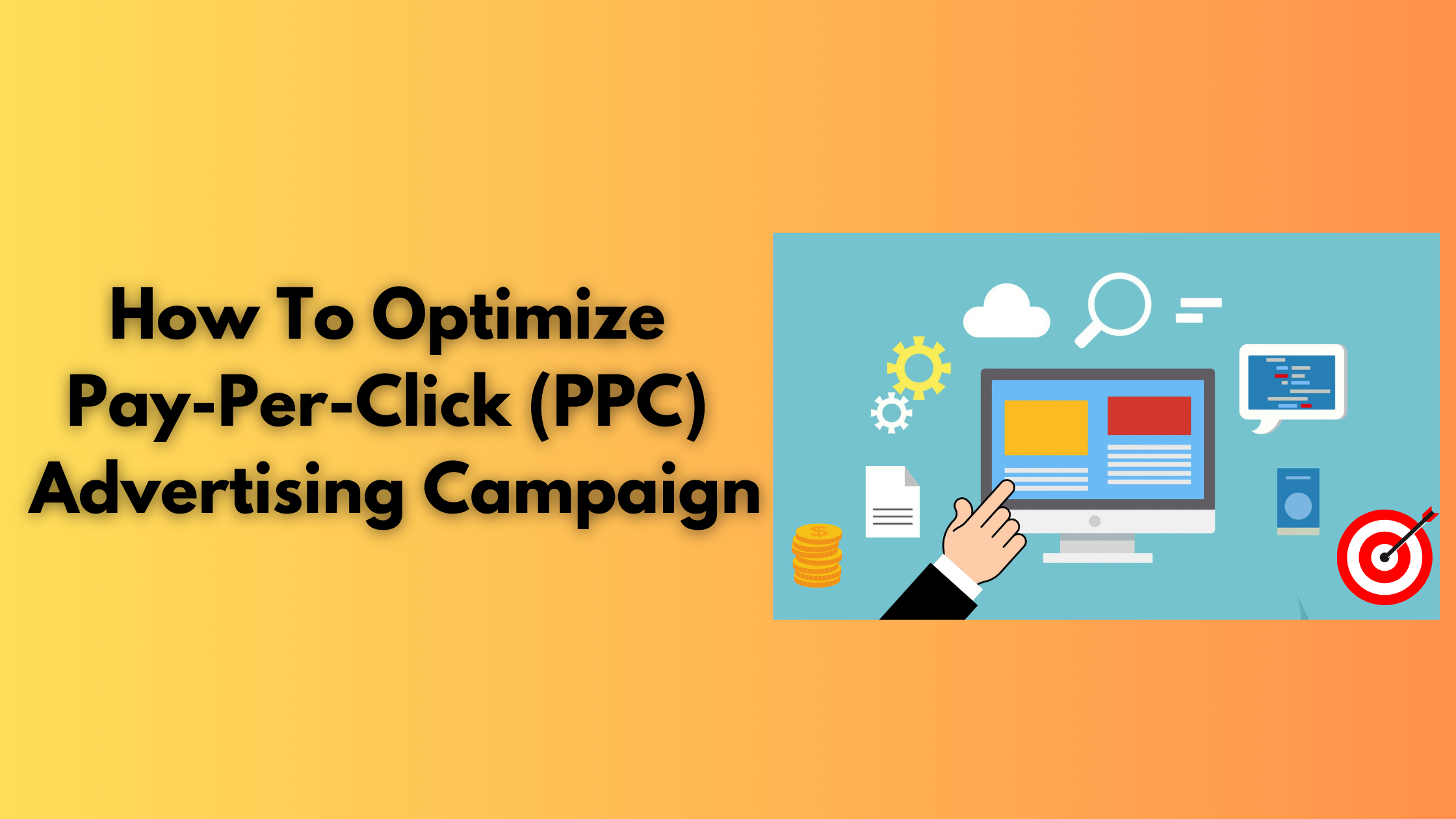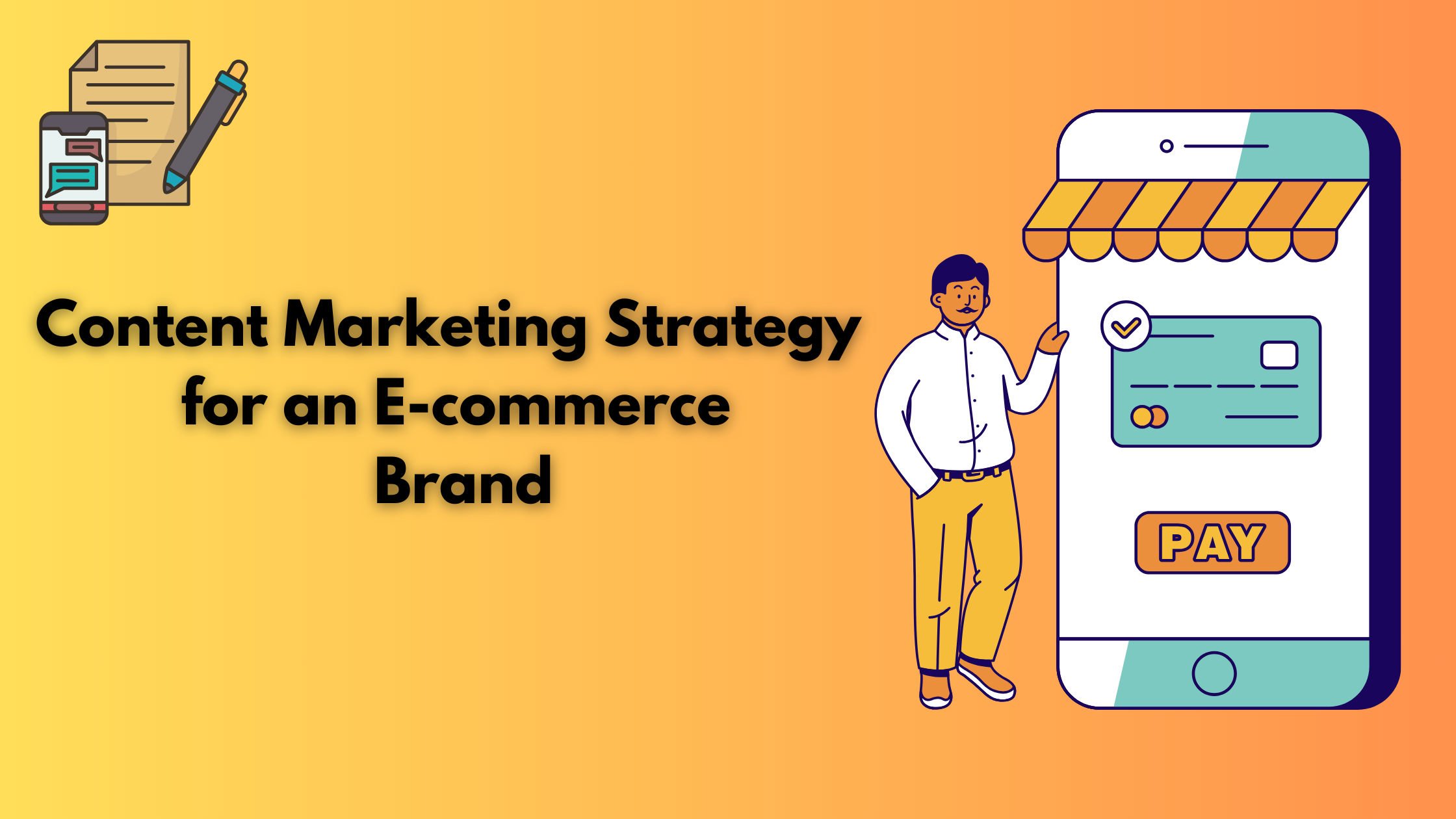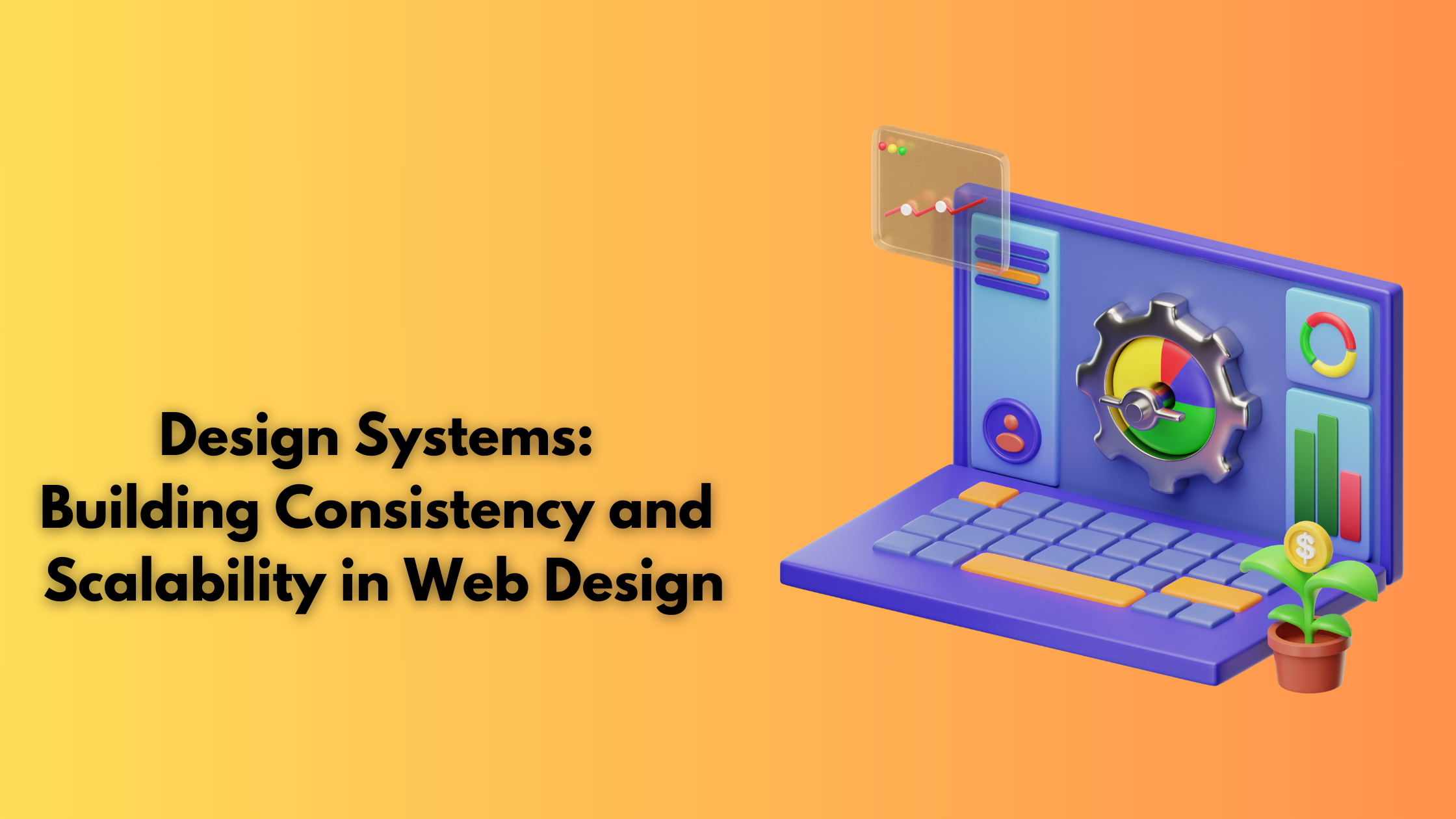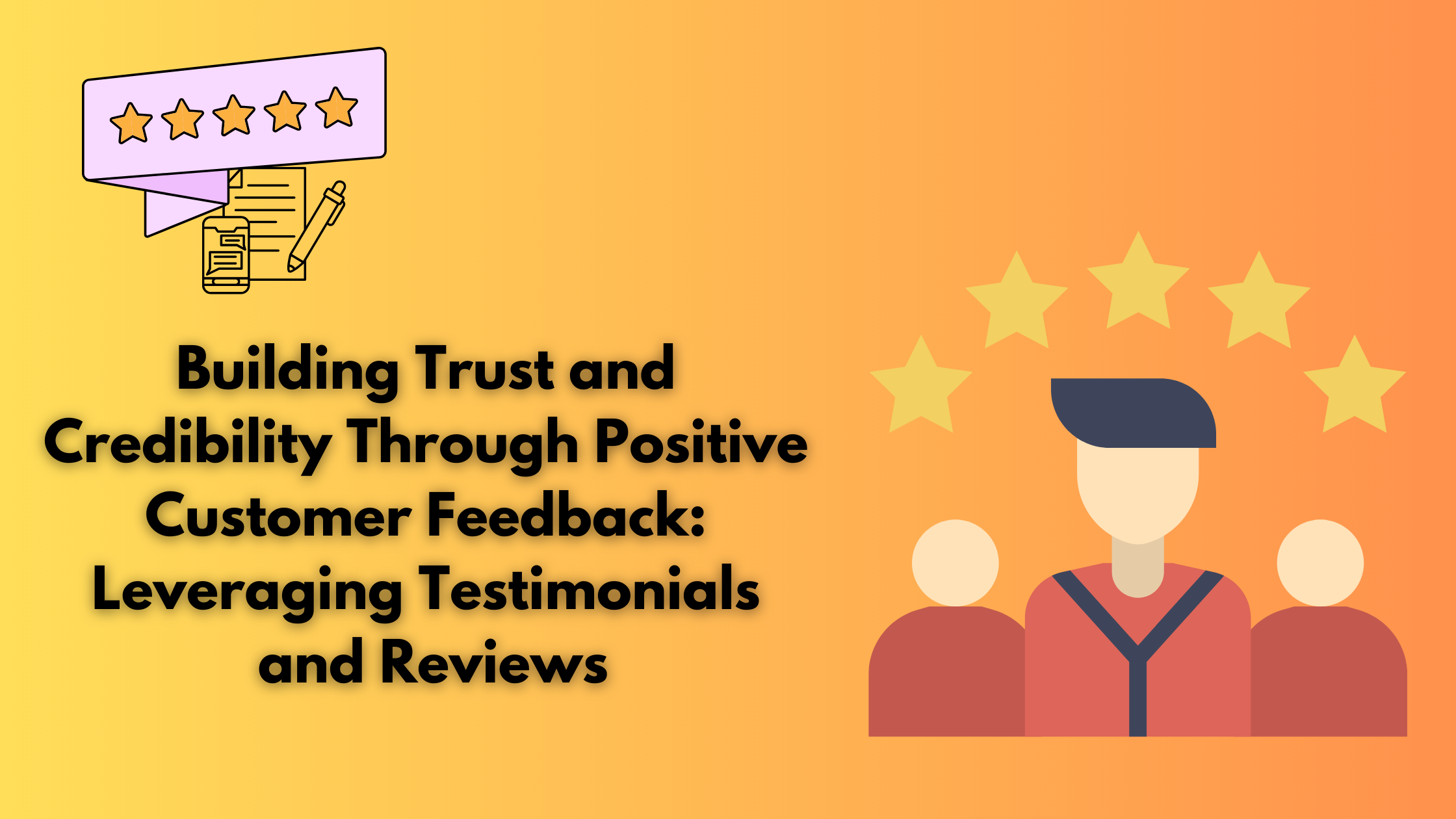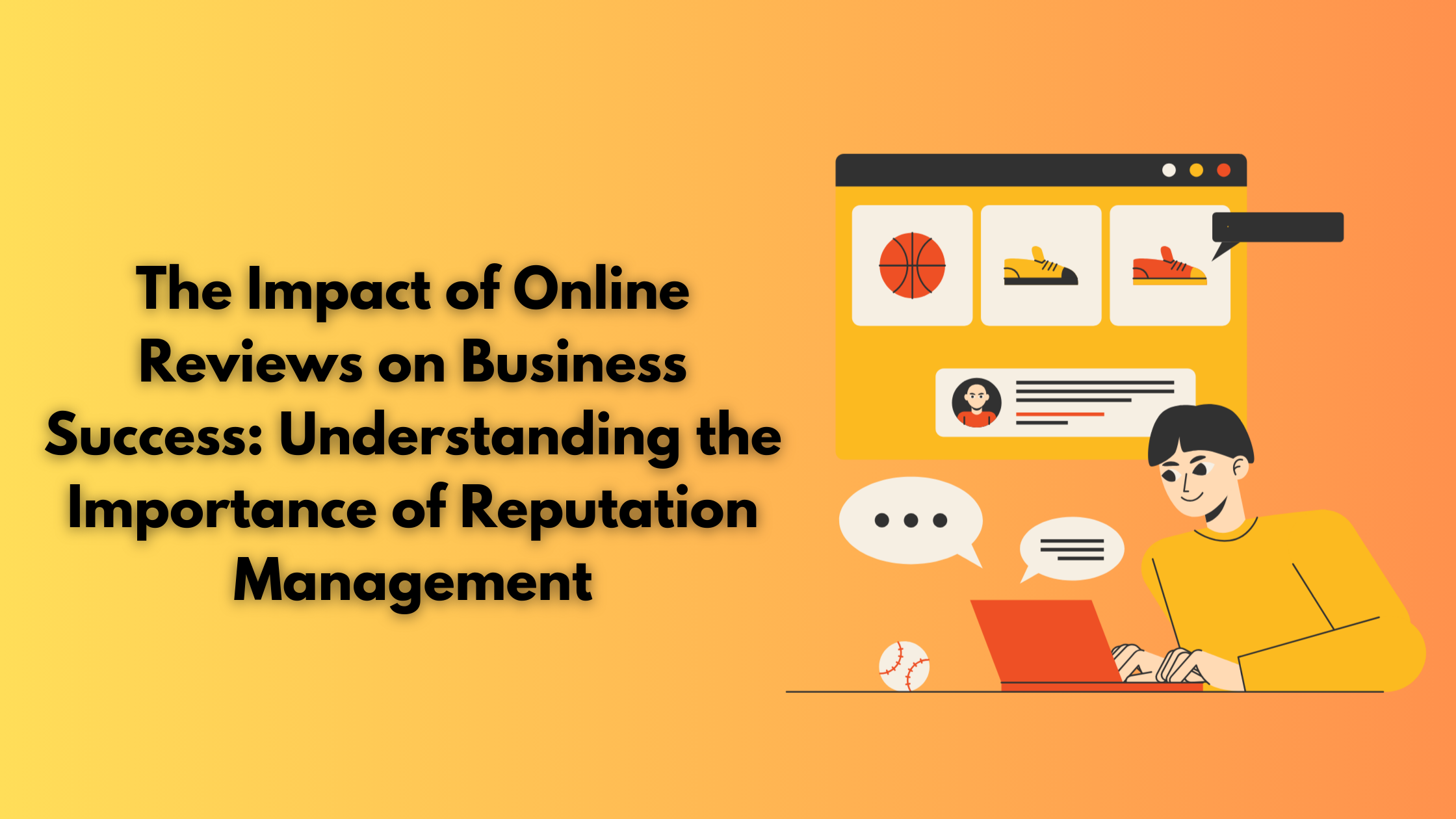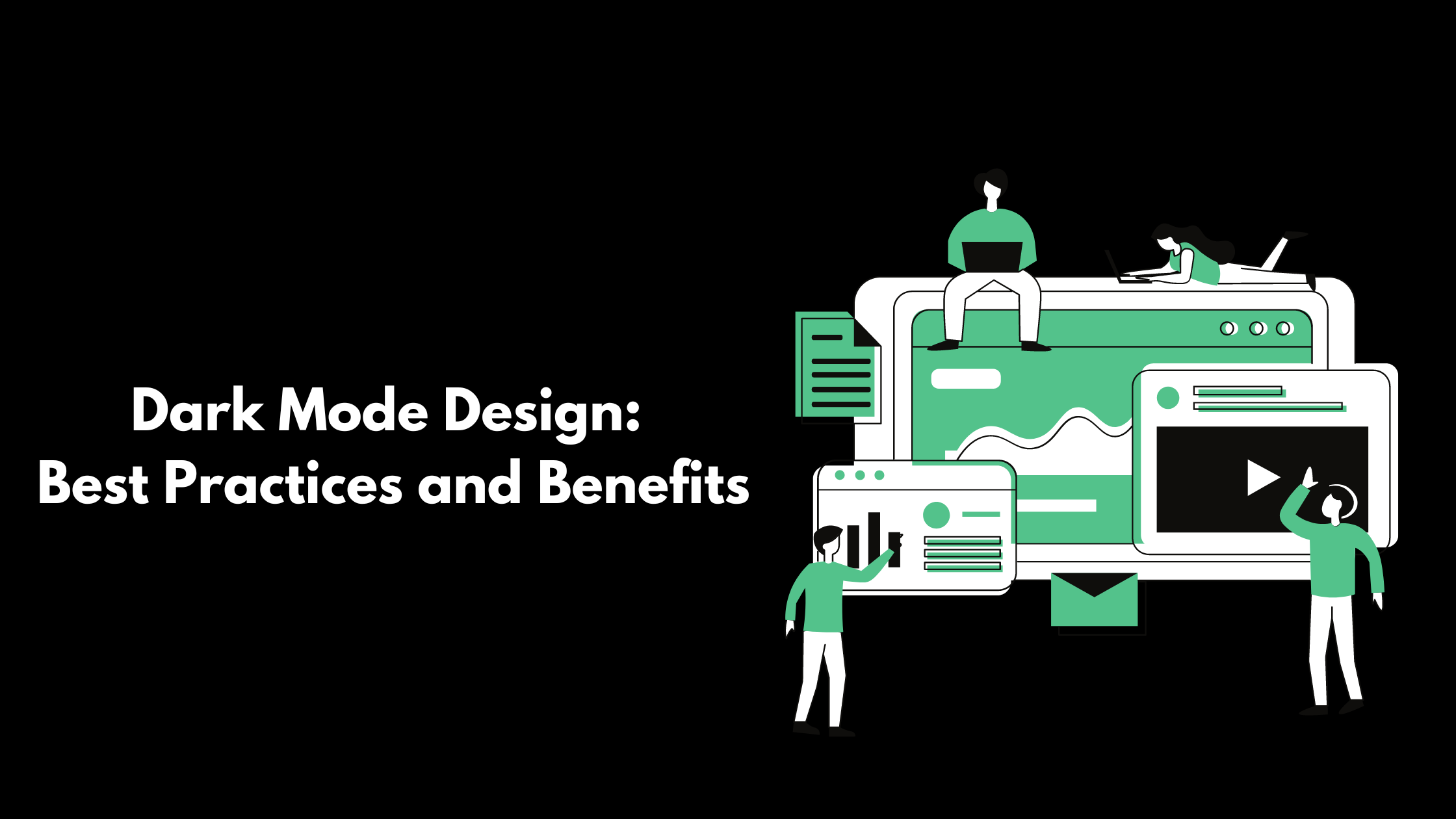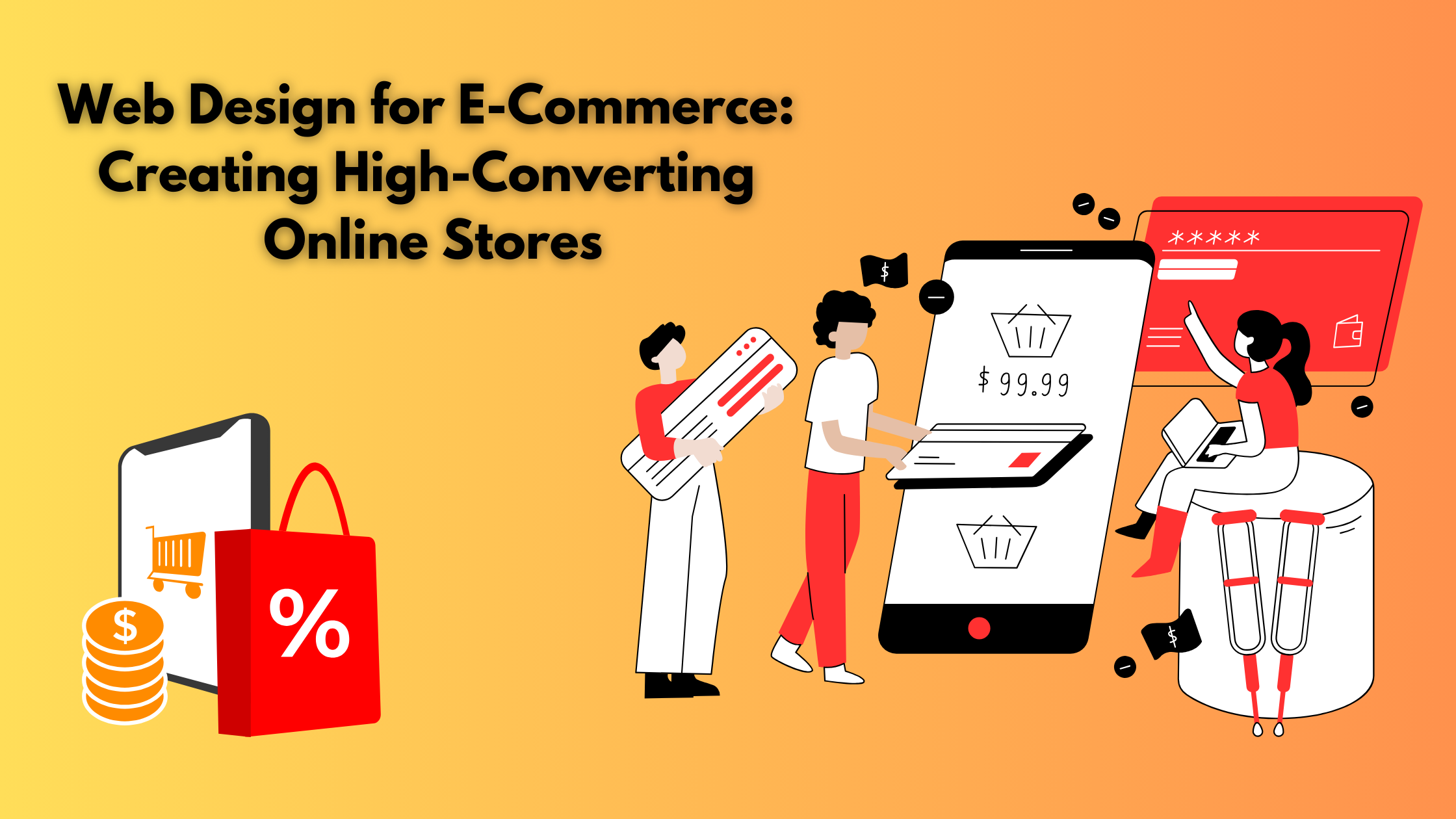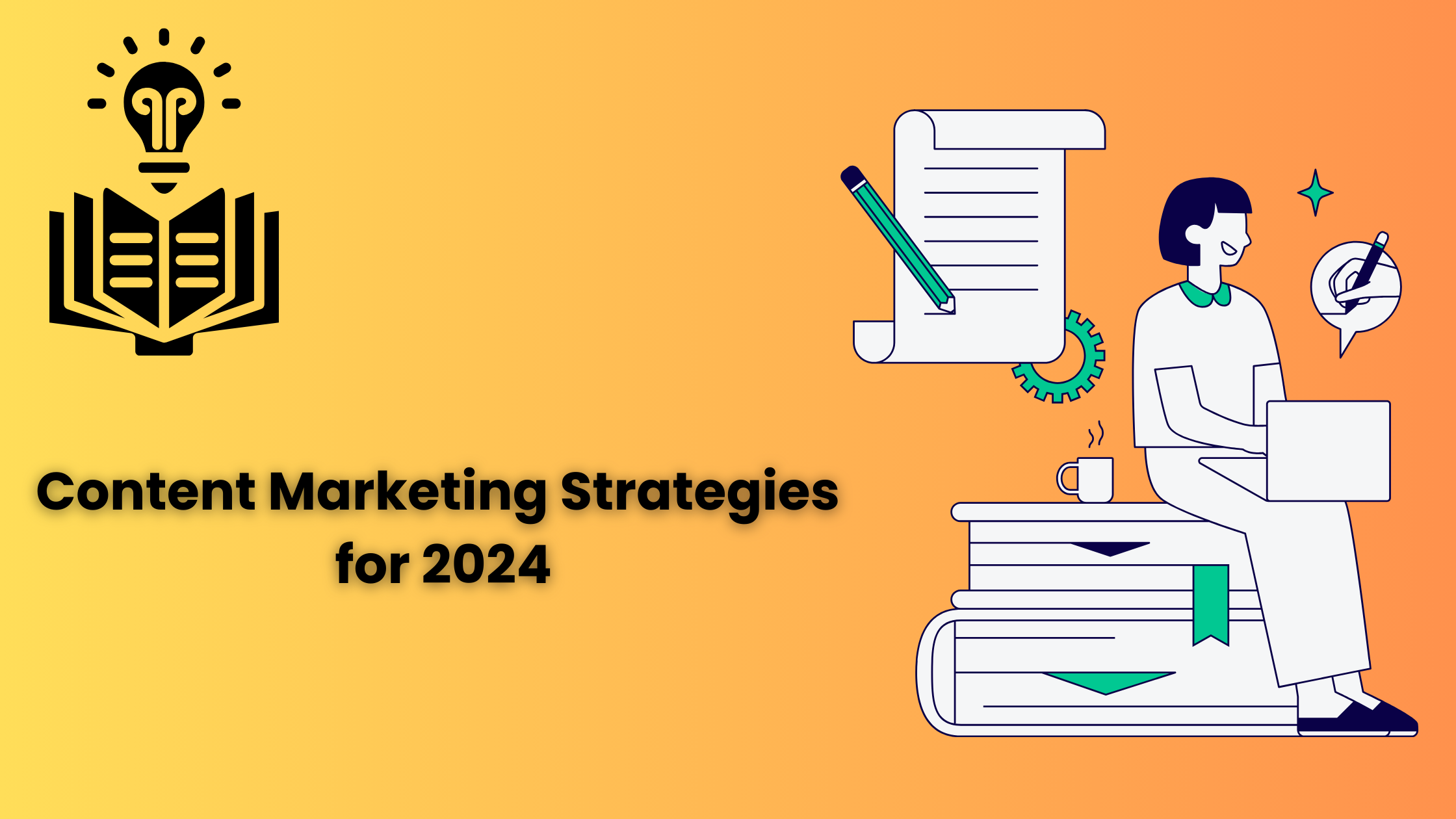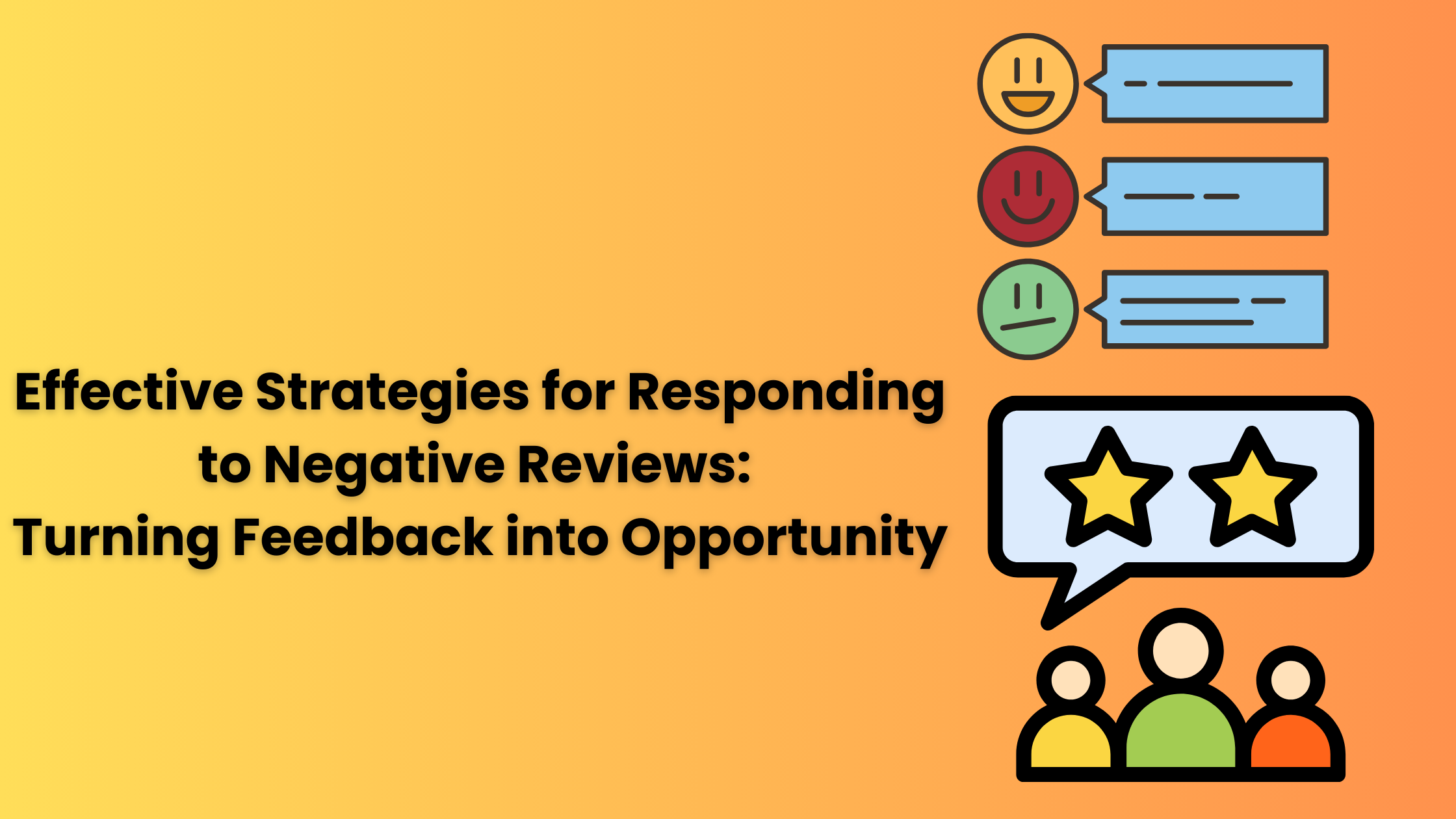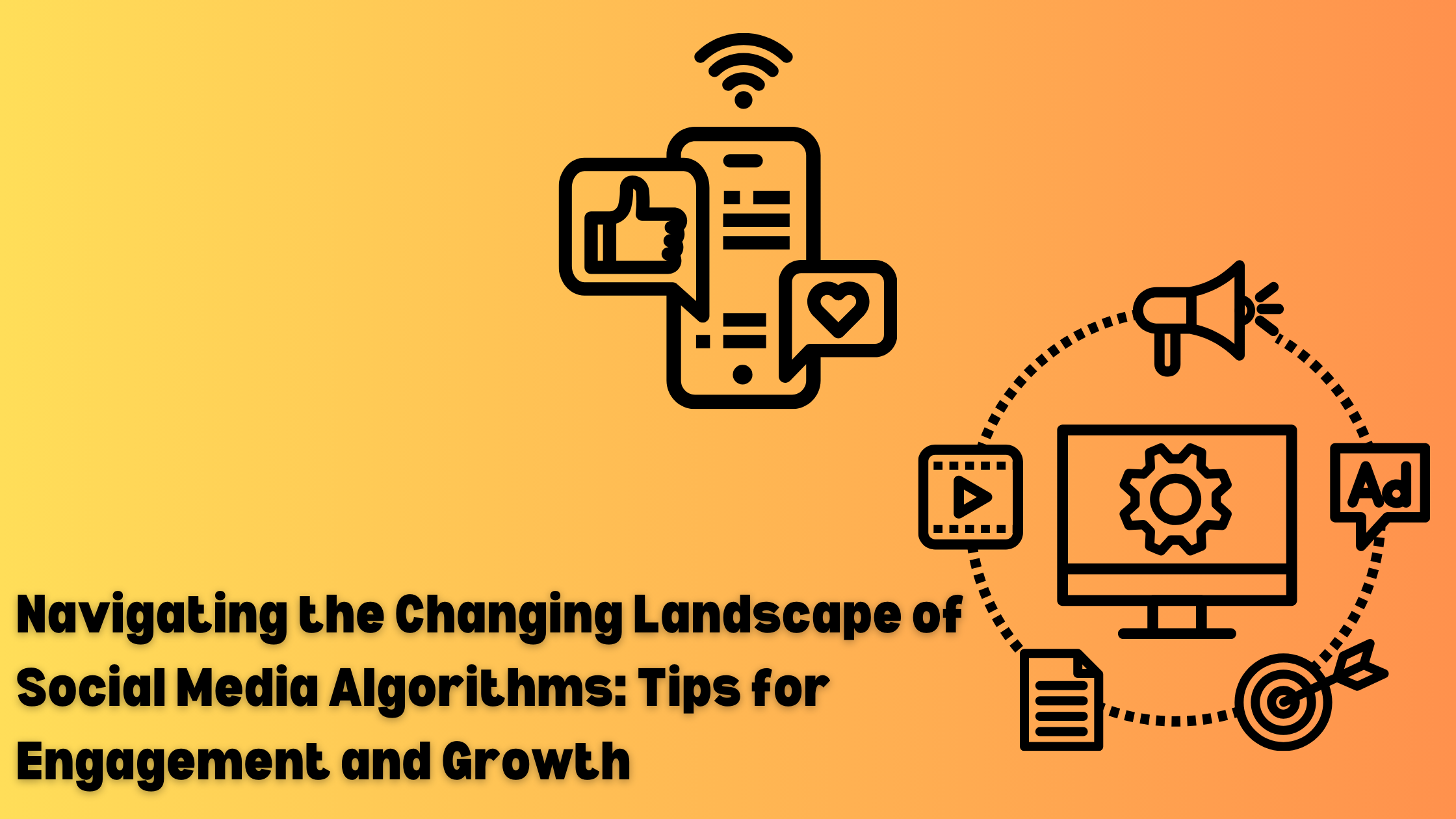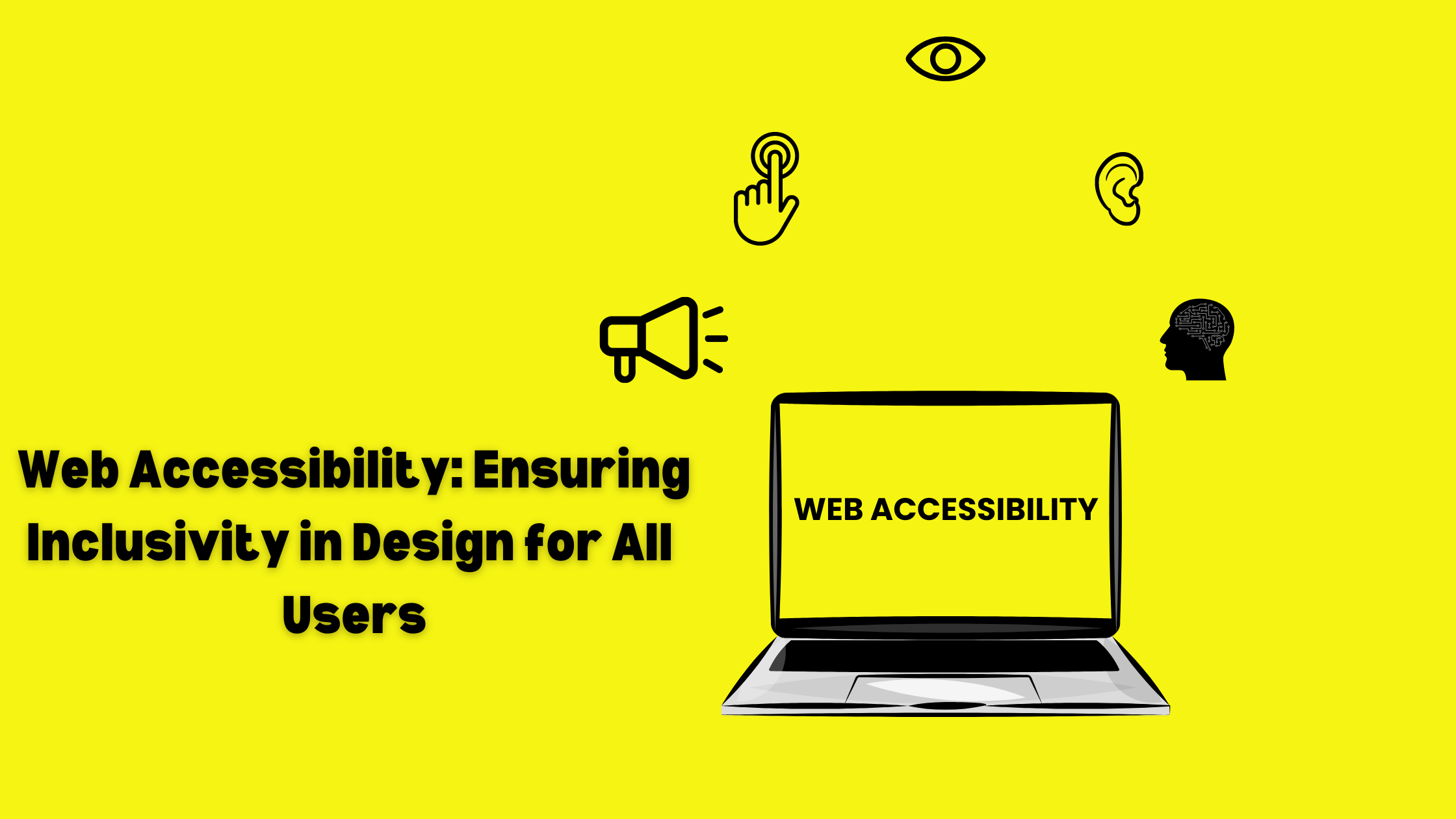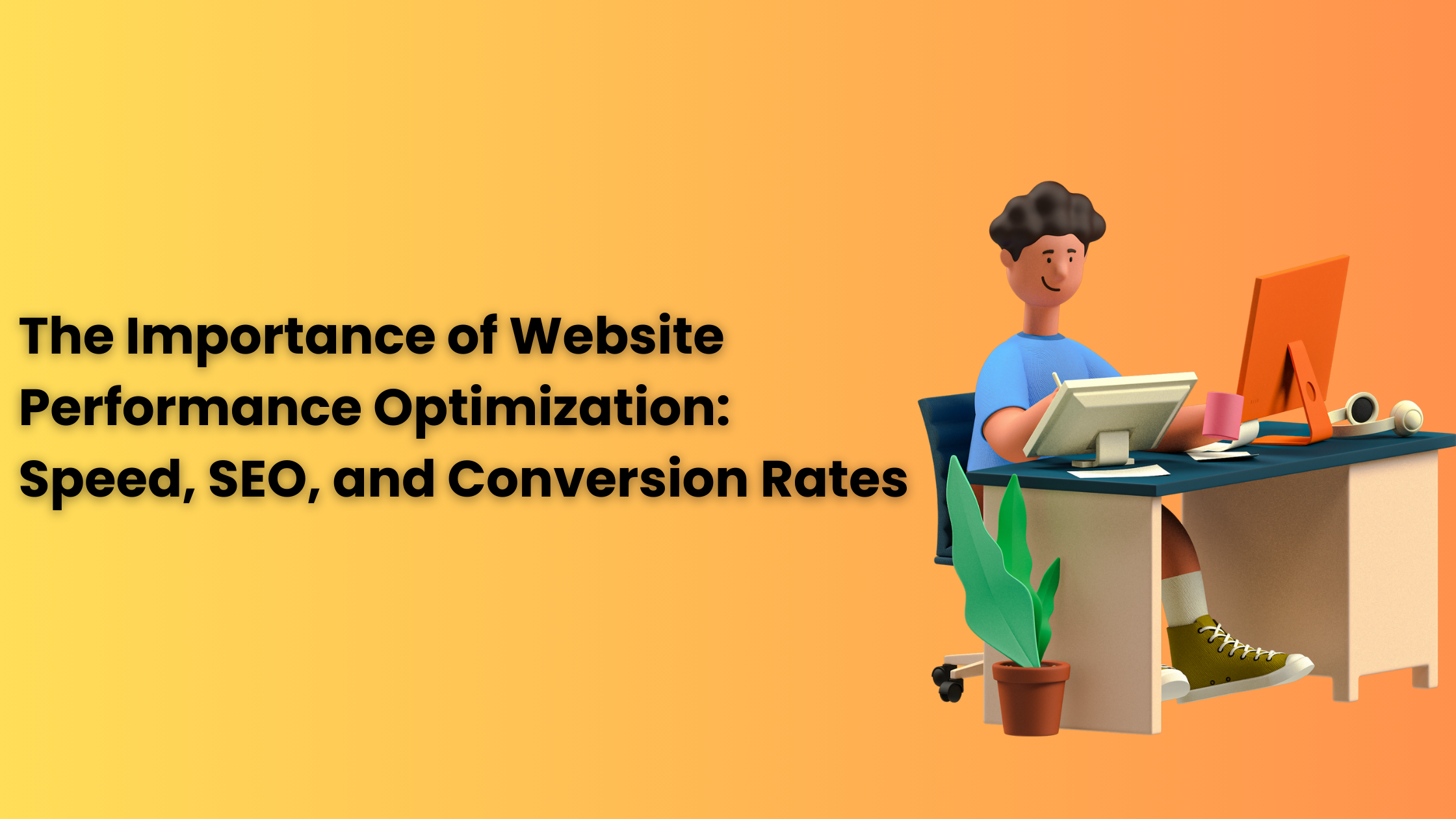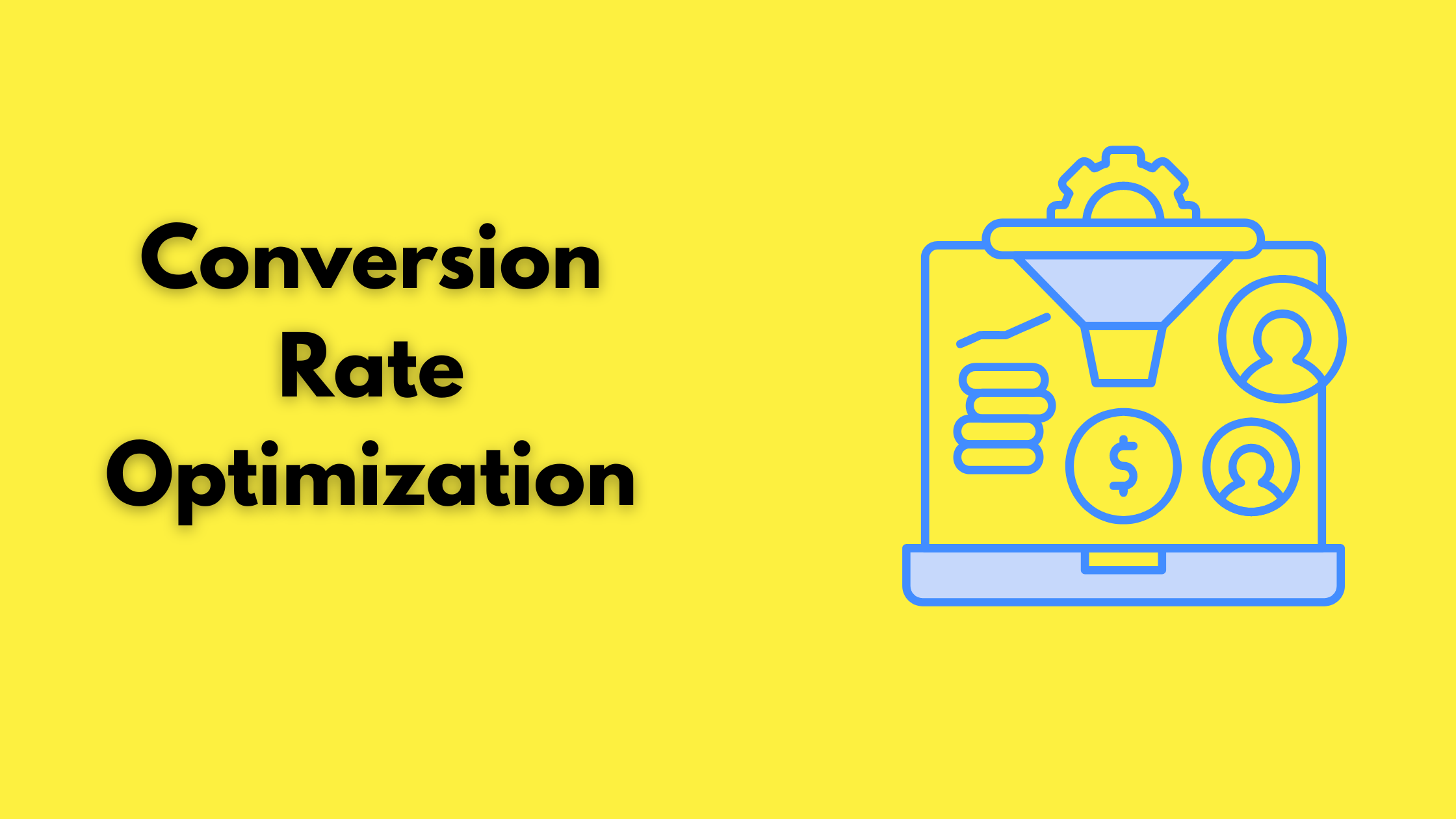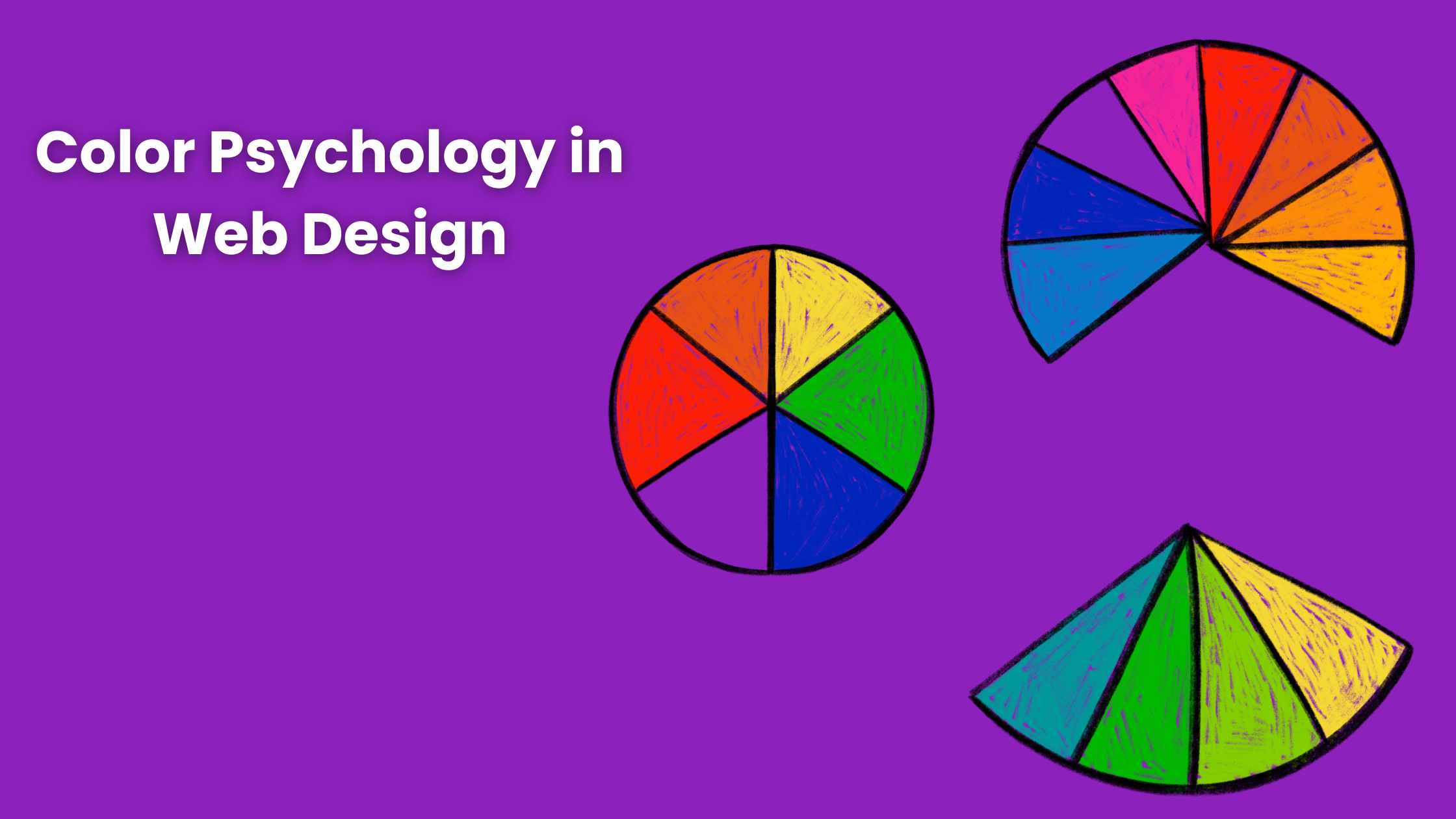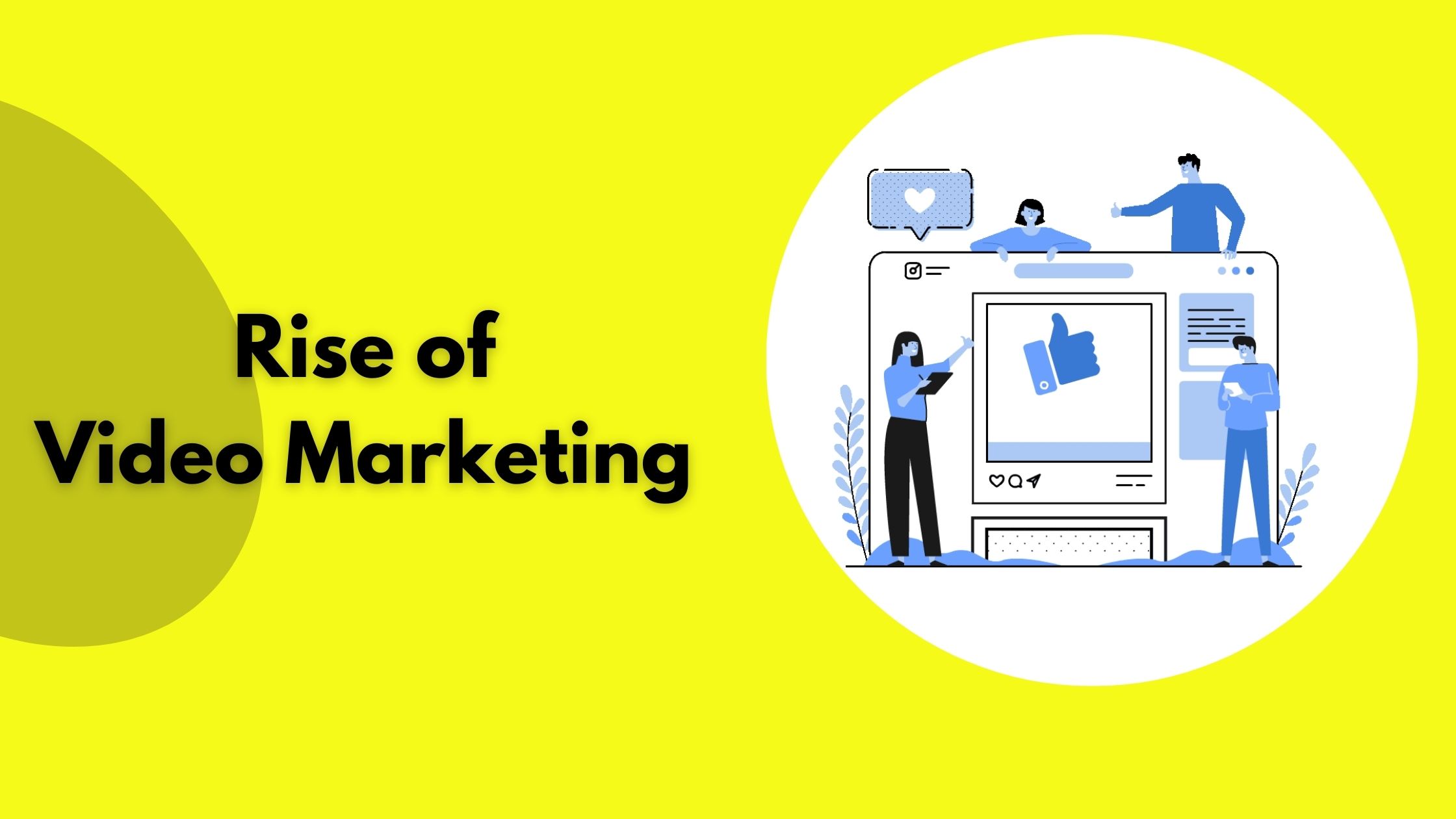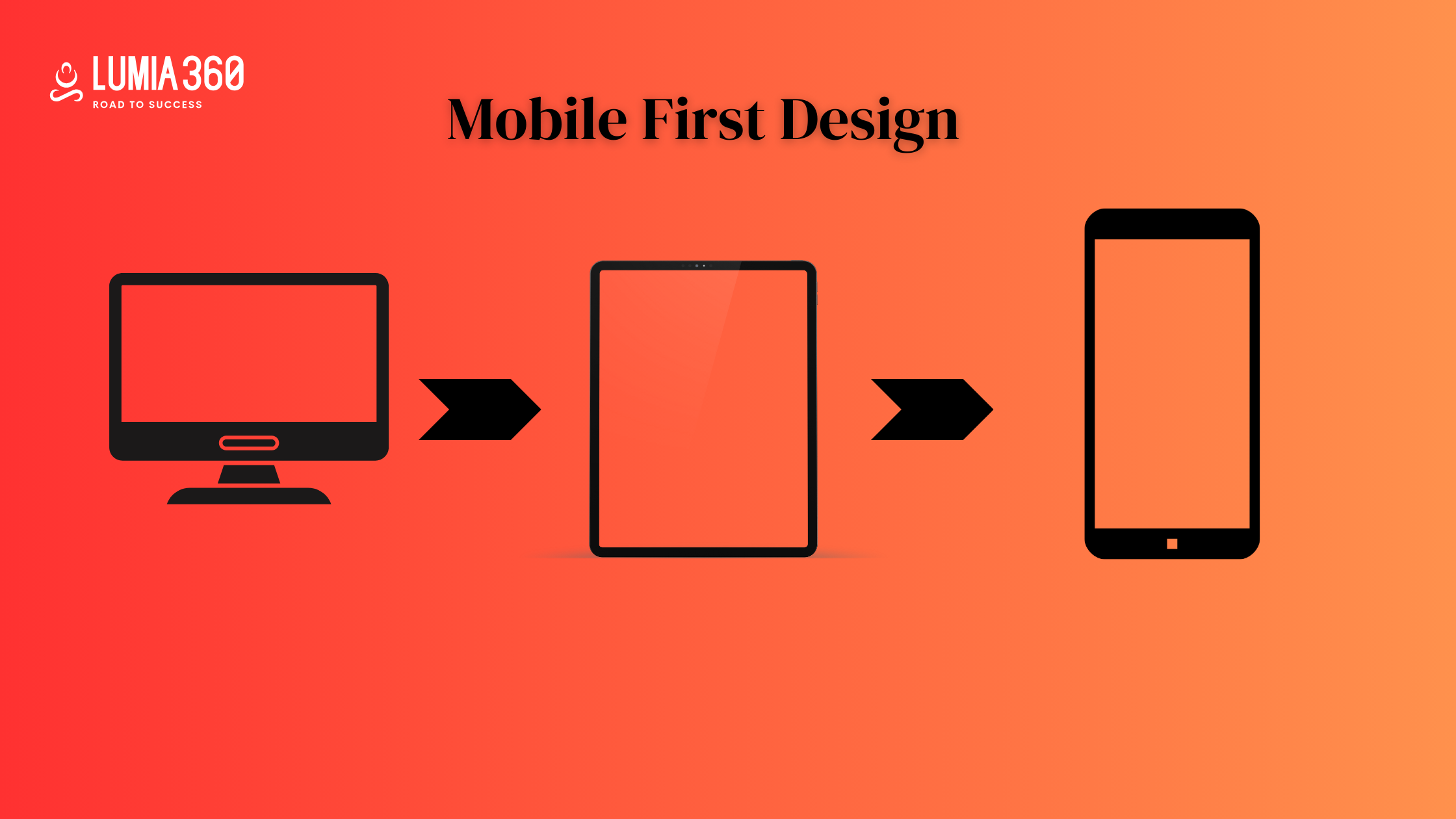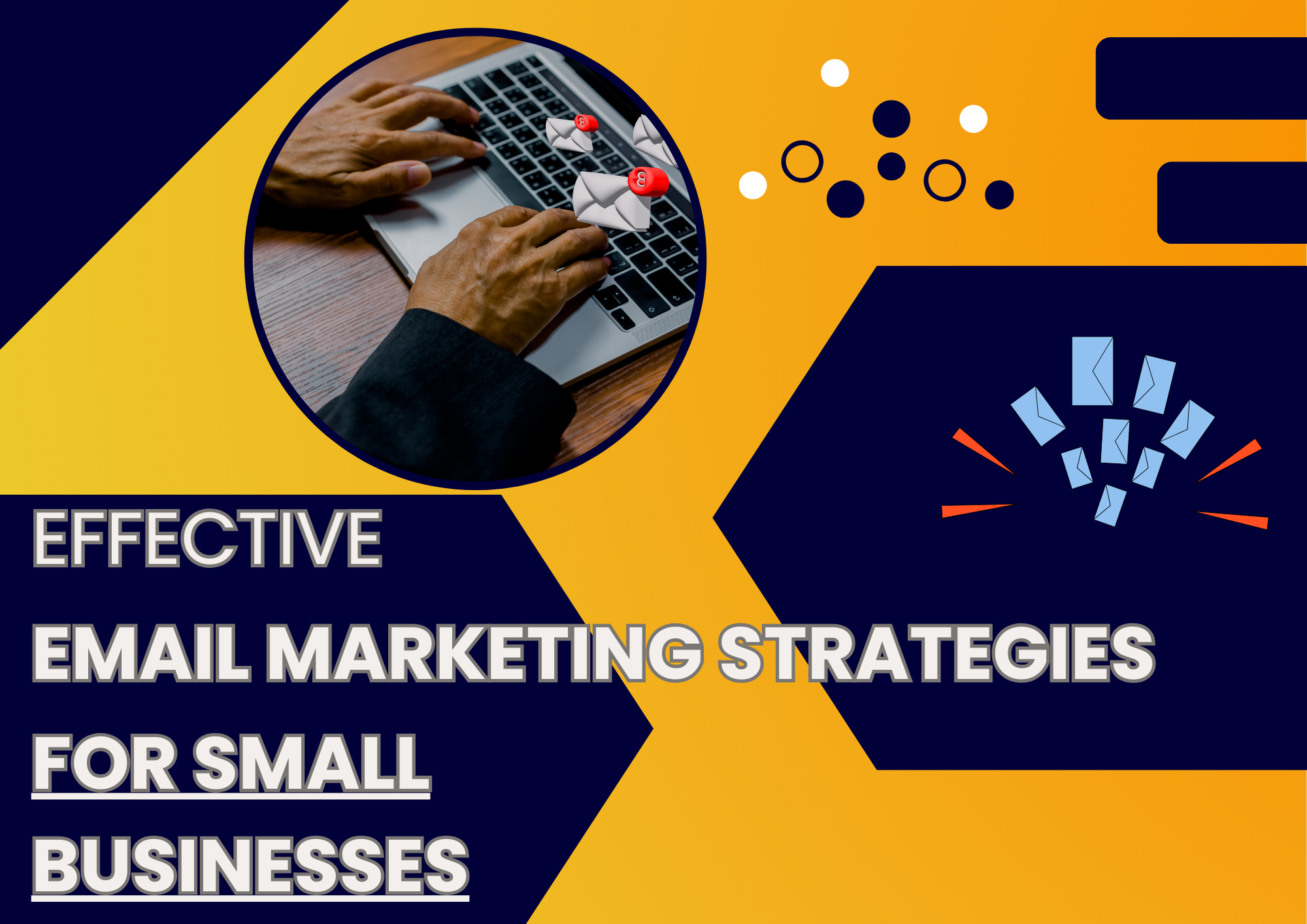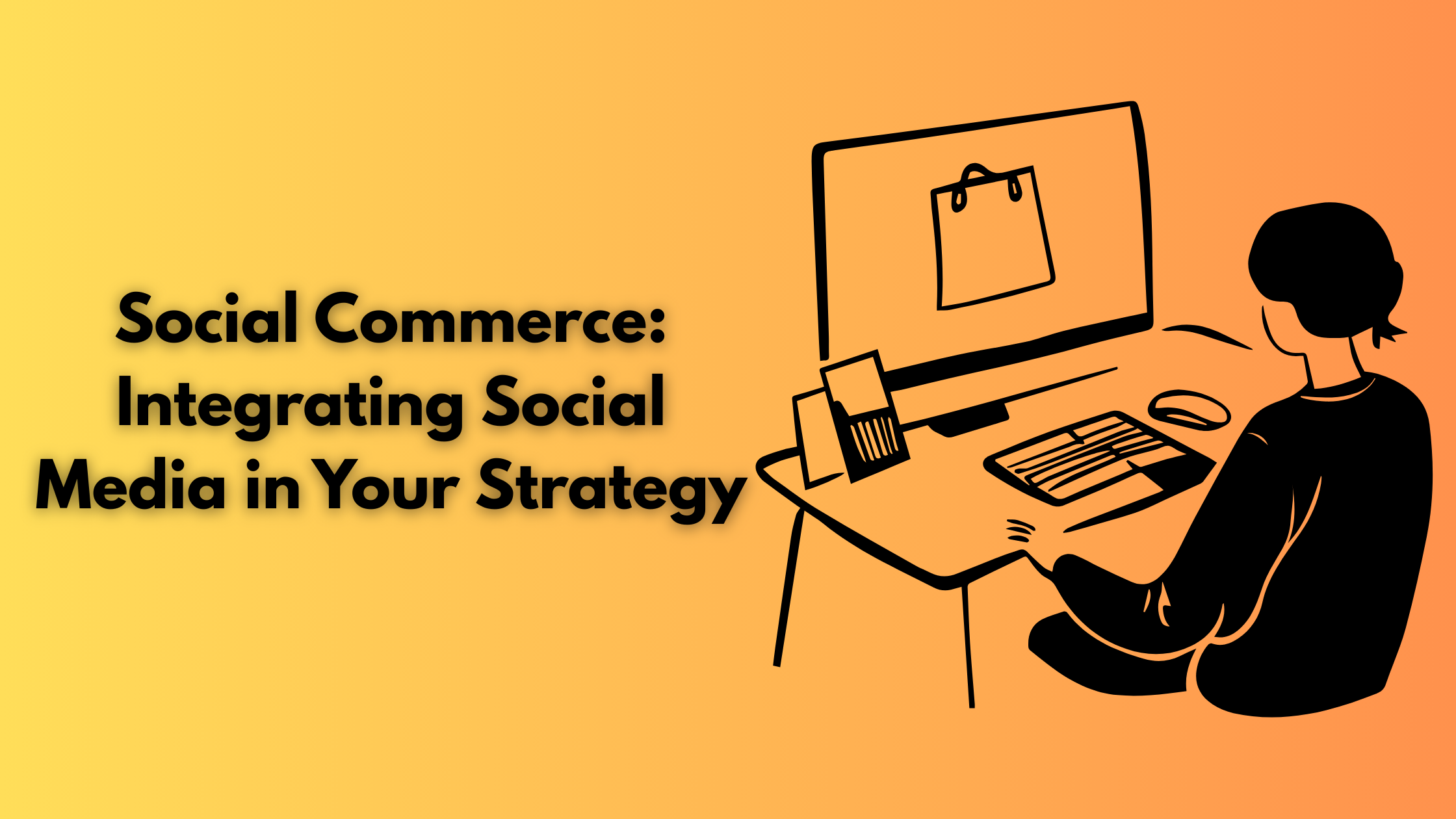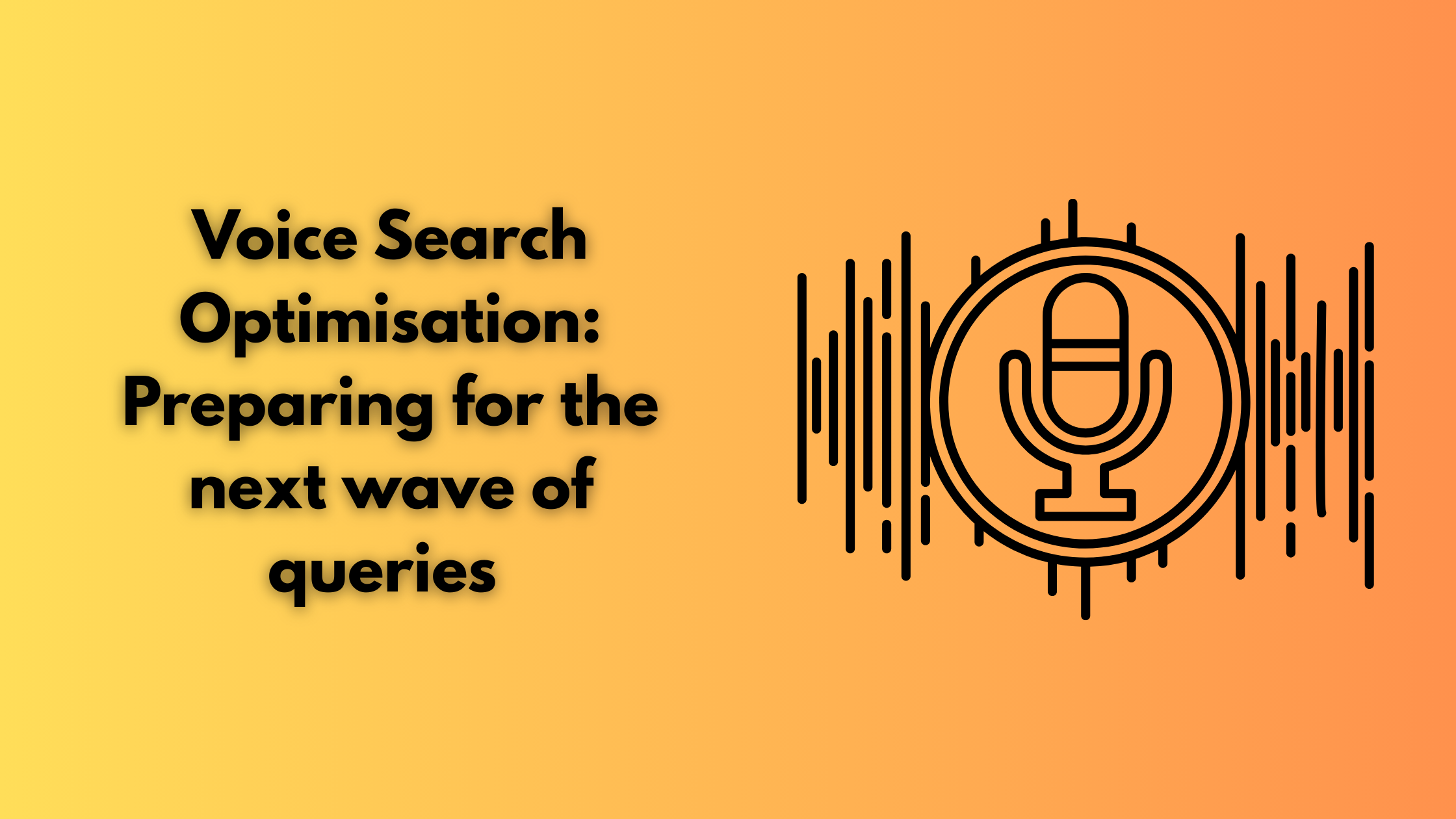
Content plays a crucial role in establishing your brand as an identity and decides your brand’s success. It establishes an emotional bond between you and your customers where you create content for various platforms. It helps in providing relevant information to potential customers. Content ensures that the experience of users is smooth and engaging.
In this blog, we learn what is content strategy why marketers need it and what are the elements of a content strategy plan. Also, learn how to create a content strategy!
What is Content Strategy and Why Do Marketers Need It?
A content strategy is all about planning, creation, monitoring, managing, publication, and governance of content. An effective content strategy will help you attract more audience and will keep your audience engaged. Your content keeps changing according to the goal of your business. For example, your goal is to increase the engagement rate of the social media. For this, you might focus your attention on social media and analyze your user behavior. You will create content that resonates with your followers and provide relevant solutions to them. You can host different contests and hold live sessions. You can use reels and attractive images, etc to enhance your engagement rate. A good content strategy helps in building the foundation of your customer buyer journey. According to a study, 70% of marketers invest in content marketing, however, it is important to frame an effective content strategy to compete in the market.
Marketers need a content strategy because
- It aligns the team: A content strategy ensures the alignment of teams on different goals and objectives. Everyone in different teams is aware of the marketing goal and objective such as brand awareness, increasing sales, retargeting, etc, then they can efficiently produce content that serves that goal.
- It effectively uses the resources: When you frame a content strategy, you ensure that all your resources are effectively used and minimal resource is wasted. When you are well aware of the type of content you have to create, the platform to use, etc then you direct your budget and resources in the right direction, which also enhances your ROI. These resources could be time, budget, or manpower, it ensures that every resource is well-optimized and used effectively.
- It Improves the Quality of Content: A well-planned content strategy helps in producing highly engaging content. When you prepare your content before time, you can recheck it and modify it again and again till the time you feel it’s most effective. Ayomide Joseph, a freelancer content marketer for SaaS companies states the purpose of content marketing strategy “ The concept of ‘strategy’ in content marketing is simply to give you a roadmap that’ll guide you from where you are to where you want to be,” You can use data to analyze the quality of your content and then work on creating more relevant and engaging content. You can use different formats of content such as infographics, GIFs, Memes, Reels, Case studies, etc to engage your audience.
- It builds brand authority and trust: By creating and posting content that is relevant, authentic, and engaging you can build brand authority and trust. Customers know where they have to go to find relevant solutions and engaging content. They trust your brand knowing that you will provide the best solution and content. This trust leads to building strong relationships and loyalty. It encourages your customers to visit you again.
- It improves visibility: A well-planned content marketing strategy can improve your ranking on the search engine result page (SERP). This also helps in increasing your brand awareness and visibility. Search engines favor content that is engaging and well-optimized. It helps in building an organic audience. You attract more qualified leads to your website by targeting specific keywords or topics that are relevant to your audience.
Element of Content Strategy Plan

The content strategy works like a blueprint that ensures the creation, designing, publishing, and analysis of the performance of your content is effectively working and well-aligned. Here are some of the important elements of content strategy
- Goals: Before creating content understand what you want to achieve from this content. You want to enhance brand awareness, engagement, etc. Once you know your goal, it’s easier to design content that helps you in achieving your goals. You will include content that will ensure that your goal is fulfilled. For example, in the retargeting phase, you can use email marketing to retarget your customers.
- Target Audience: You should be well aware of your target audience. Study what are their interests, preferences, buying habits, content consumed, influencers followed, etc. It provides you with a better picture of what your target audience looks like. To know this you can conduct research, surveys and analyze the social media metrics. This data will help you in creating relevant and engaging content.
- Content Audit: You should analyze the quality of your existing content. Does your existing content topics are relevant to your target audience. Also, list out the type of content that is not performing well. Also, look for the topics that you might have missed but are important for your audience.
- Competitors: Analyze the quality of content your competitors are offering and what are the topics that are working for them. Analyzing your competitors will help you understand the target audience better and gives you new content ideas.
- Content Type & Platform: Select the type of content you want to publish such as blog posts, posters, videos, etc, and on which marketing channel you will publish it, such as website, social media, guest post, etc. Make sure you select a content type and channel based on the customer data available. Most content on those platforms where your users are mostly active. You can even experiment with different formats and channels.
- Timing: Select a time when your users are mostly active. You can also use those hours when users are mostly active.
- Content Creation Process: It involves the creation of the content starting from the idea to publishing it. In this stage, you assign different roles and responsibilities to different team members who are well-aligned.
- Analytics: You should decide the metrics and key performance indicators (KPI) to measure the success of your content. The metrics will change depending on the business goal. You can Google Analytics and social media analytics tools to monitor the performance of your content.
- Content Governance: It involves setting the policies and standards for content creation, publication, etc to maintain consistency and standard of quality. You will monitor content style guidelines, tone of voice guidelines, and content quality.
How To Create a Content Strategy

You need brand guidelines, an editorial calendar, content clusters, marketing funnels, and competitive research to create a content strategy. Here are a few steps that will help you in creating a content strategy
- Define Goal: Define your business goal clearly. Whether You want to increase your brand awareness or engagement rate etc. Consider your long-term business goals and set goals based on priority.
- Conduct Research about Buyer Persona: Define your buyer persona. What are their pain points, the content they consume, the influencers followed, etc. Defining a target audience is highly important for new businesses. You can collect data from Google Analytics and social media analytics etc for understanding your audience.
- Content Audit: Run a content audit and identify the topics that you were missing. While reviewing your content ensure that you record page title word count, content format, etc. Analyze your content based on relevancy, whether the content is relevant for your audience or not. Does it provide effective solutions to them? Try to modify your existing content.
- Content Management System: A CMS helps in creating, publishing, and tracking the performance of the content. Choose a CRM that is suitable for you and fulfills your needs. Also, it should be cost-effective. Adopt a content governance model to ensure that each content aligns well with the brand’s guidelines and standard of quality.
- Type of Content: Select the type of content you will produce. You should analyze the customer data to determine the type of content. Consider the content type that will align well with your business goal. For example, to enhance conversion rate you can use a blog post while to increase brand awareness you can use a podcast. Make sure you set a budget for your content strategy.
- Content Calendar: Select the most appropriate content type, topic, and channel for your content. Also, ensure the timing and date of publishing. It helps in better understanding between the teams where they create content that suits the business goal and target audience’s expectations. Select the platform where your potential users and active.
- Content Ideas: You should content that entertains the users, provides effective solutions to them, and keeps them engaged. You can use various tools for different purposes. Such as you can use Feedly to track trending topics in your industry. It helps in finding new content ideas. Use BuzzSumo to discover which content is working and which is not. It helps in understanding whether a content piece is popular and well-liked. Use BlogAbout to generate an effective blog title. Or you can use CoSchedule Headline Analyzer to check the score of your headline. You can use HubSpot’s Website Grader to help you uncover the areas where you need to improve and a detailed report to optimize content. It helps in making your website more SEO-friendly.
- Publish: By setting up an effective editorial calendar, be ensured that your content will be published on the set date and time. You can create separate social media content calendars for managing and publishing your content on social media.
- Monitor the Performance: Choose the ideal KPI and metrics to track the performance of your content. You must create separate KPIs for emails, blogs, SEO, Smarketing, Social Media, and Marketing. Make necessary adjustments based on your data analysis.
Creating an effective and well-performing content strategy is a long and ongoing process. You need to conduct a proper analysis of the customer data. While creating a content strategy consider your target audience, what solutions you are providing, what makes you stand out from competitors, what content format resonates with your target audience, how will you manage the creation and publication of the content, which channels are suitable, etc, Creating a content strategy is a complex process that requires additional help. Lumia 360 provides digital solutions to small and medium enterprises. We have created well-performing content for our clients that has increased their brand followers and engagement. It also helped in building strong customer relationships. Creating a content strategy is an ongoing process but to excel in it you must build a strong foundation in the awareness and engagement stage of the buyer journey.
Read Also: The Power Of Storytelling in Web Design
Read Also: Psychology of Slogans and Tagline



